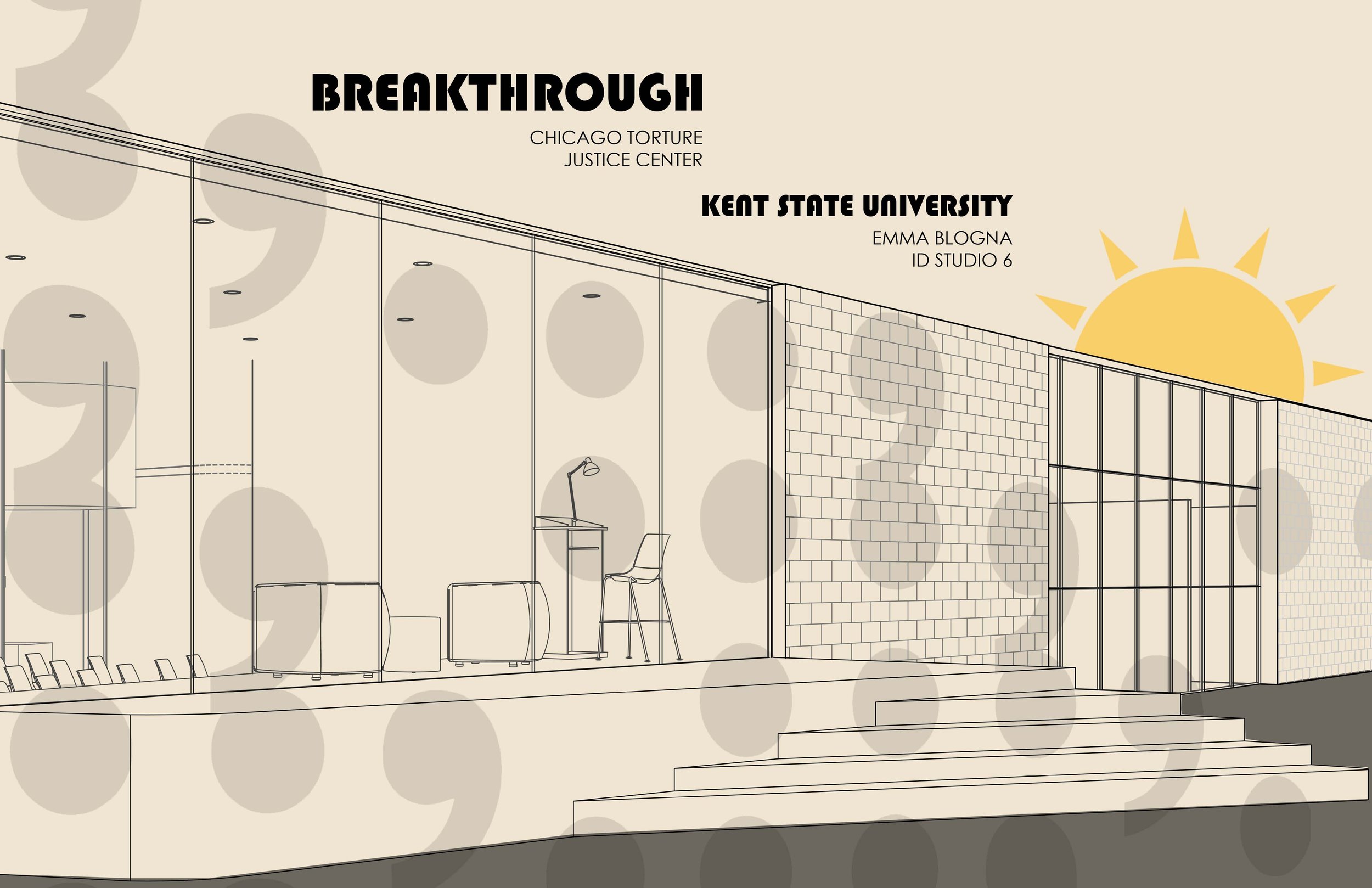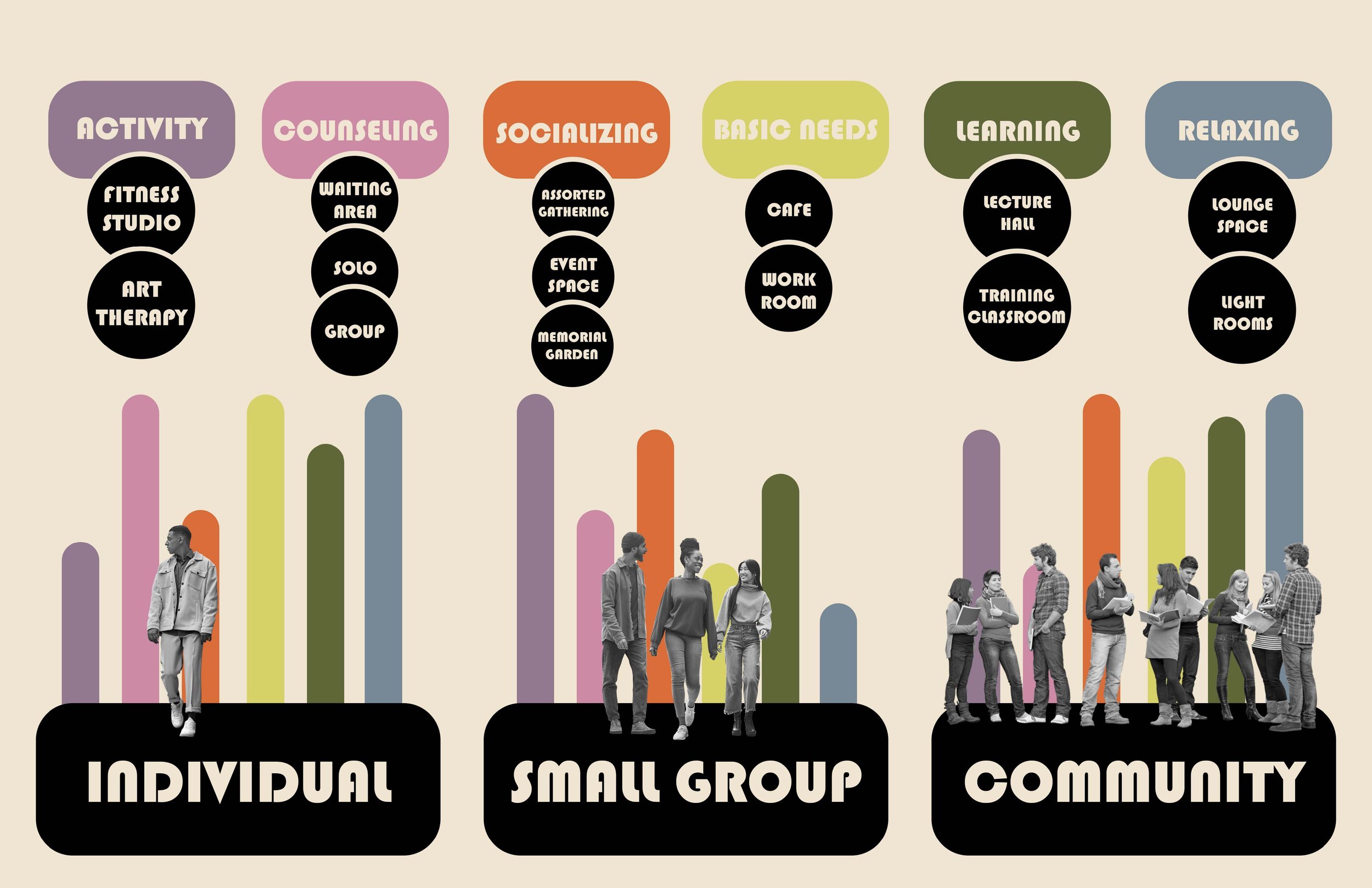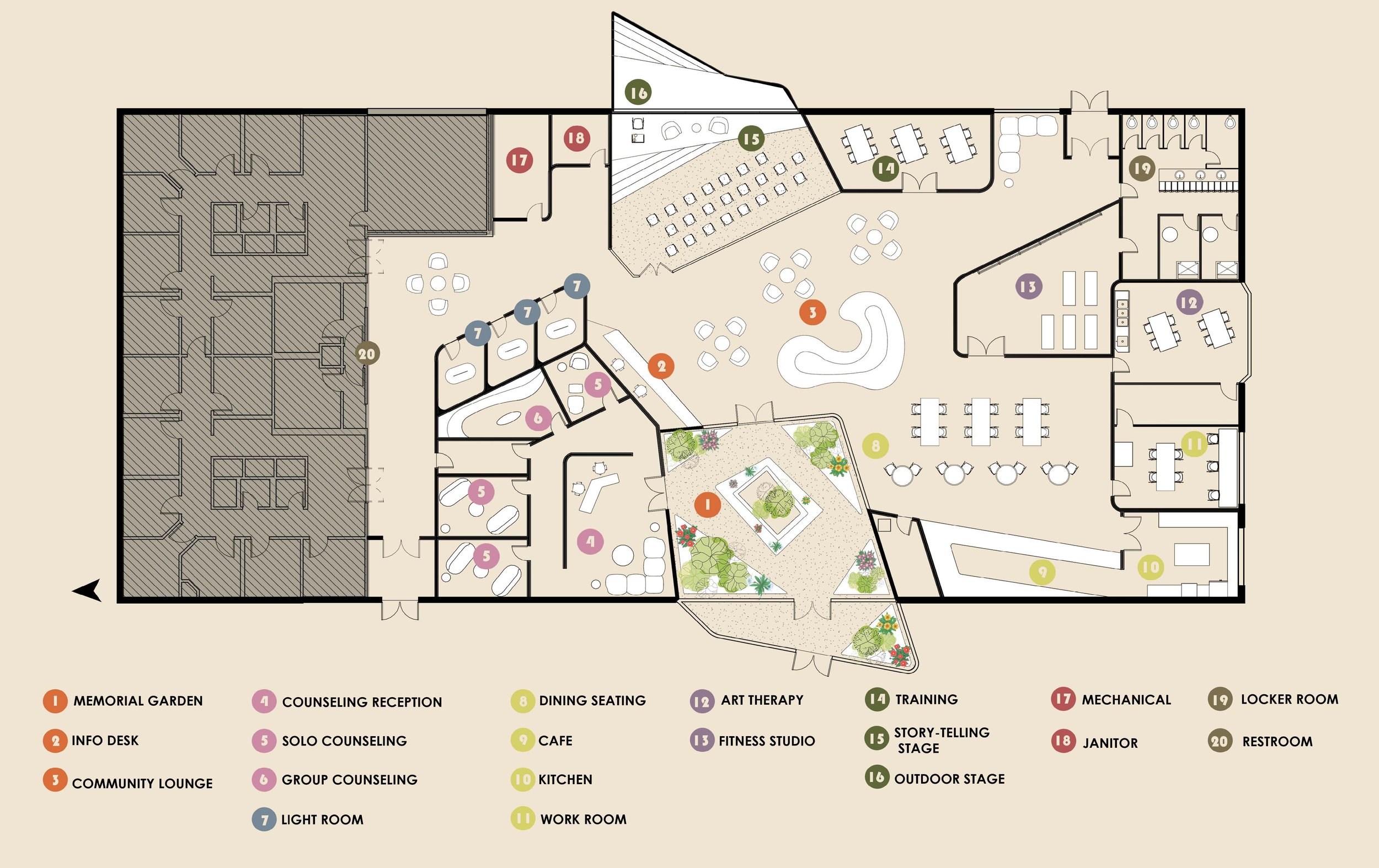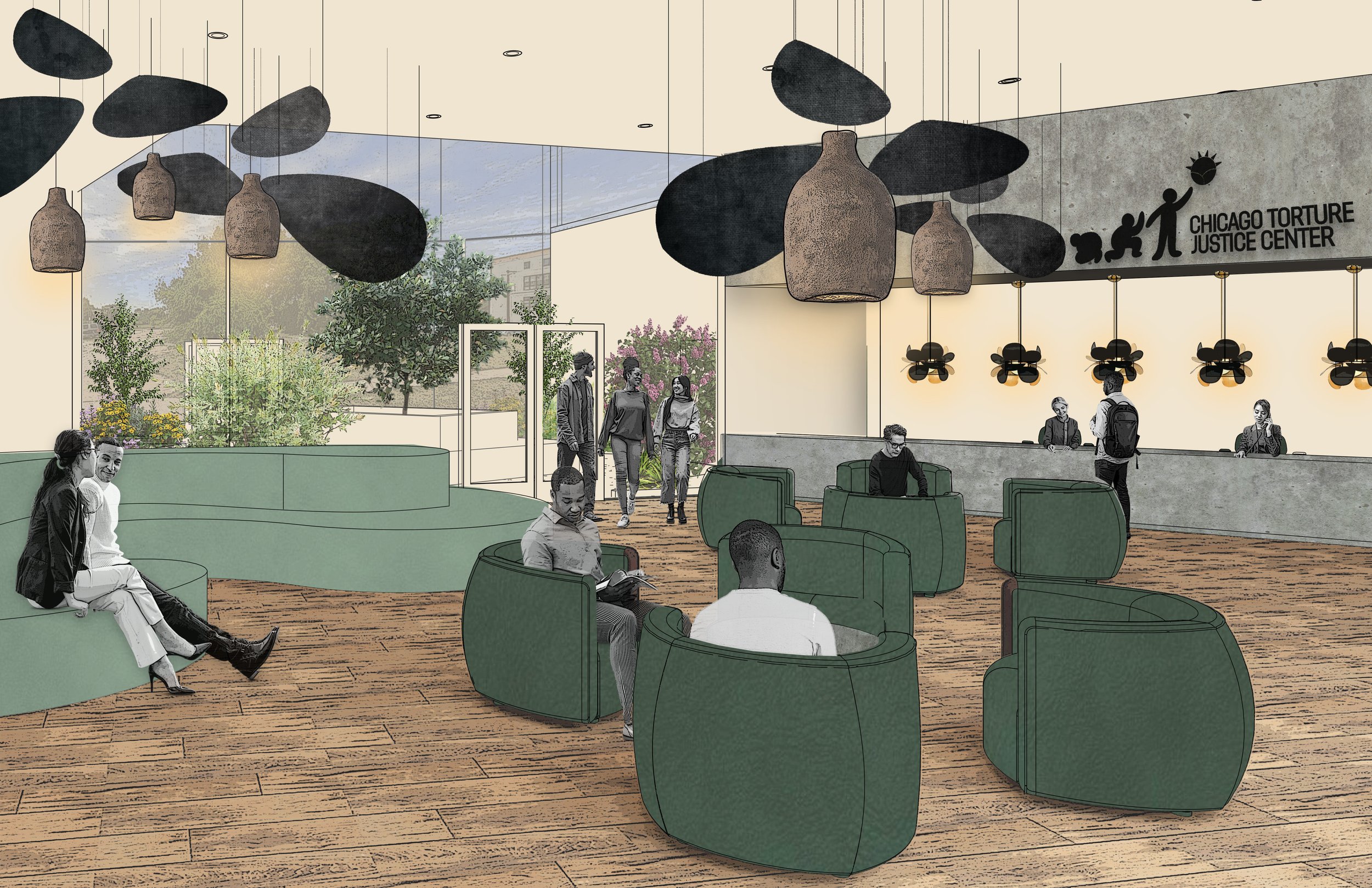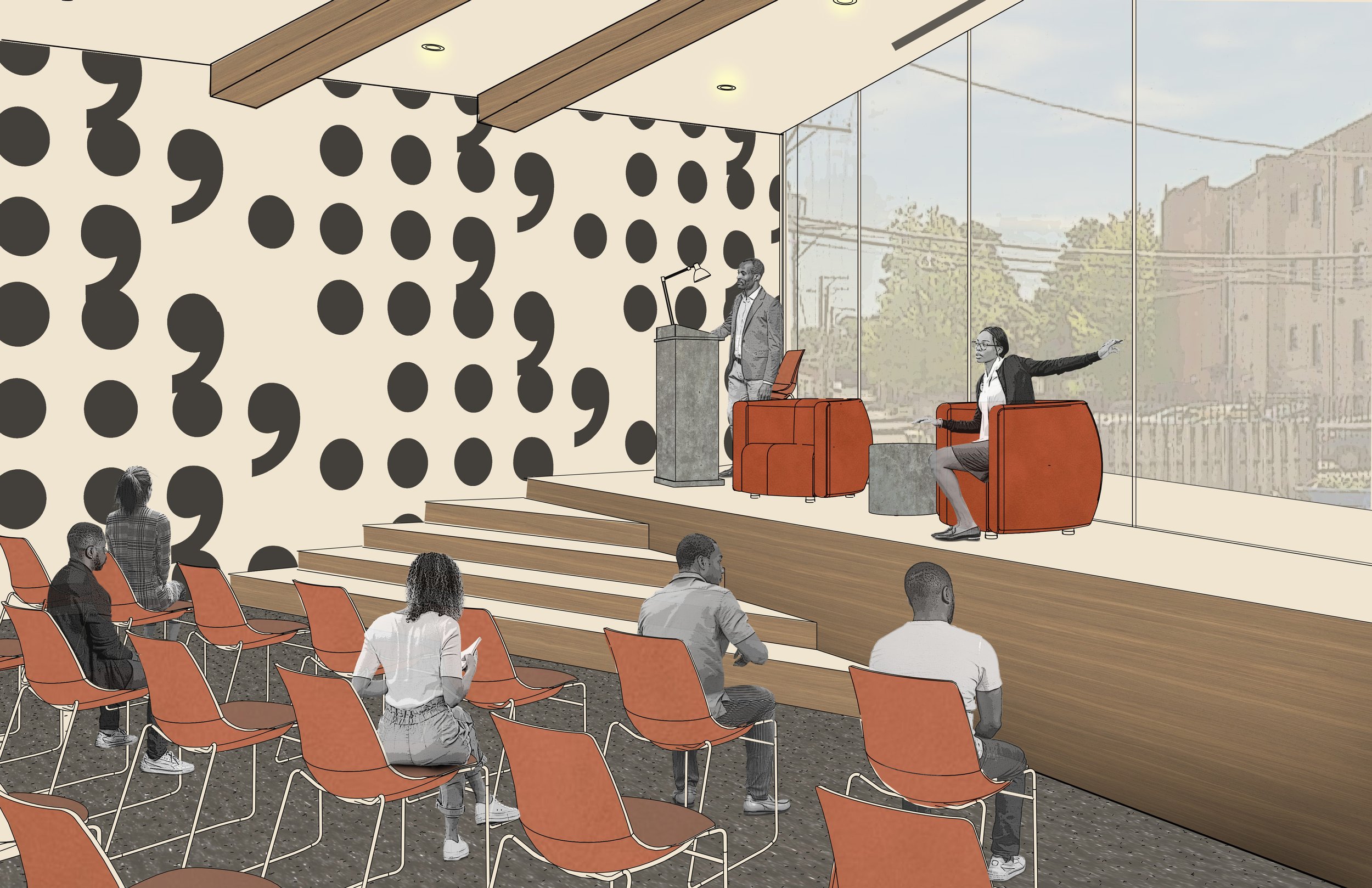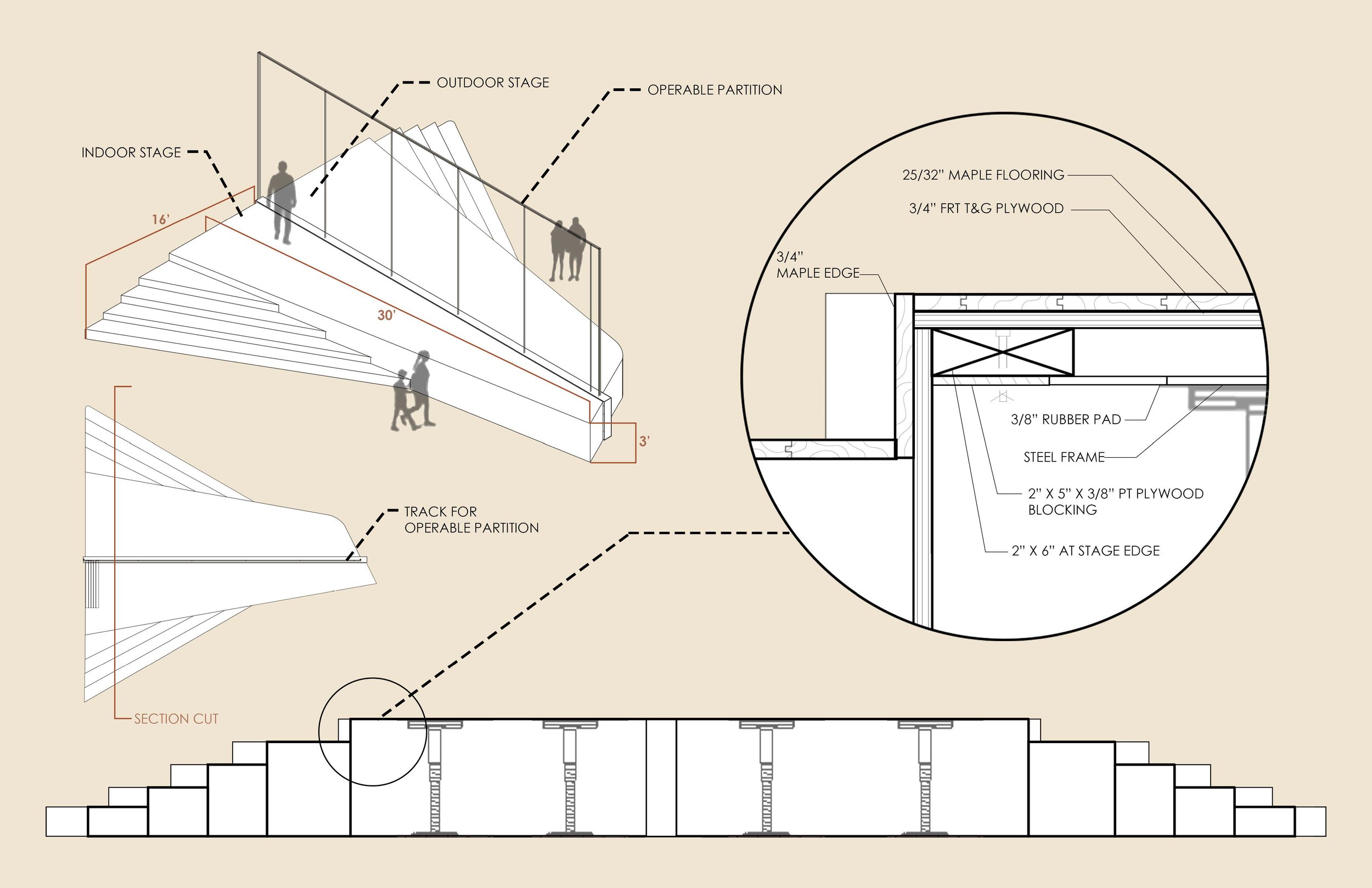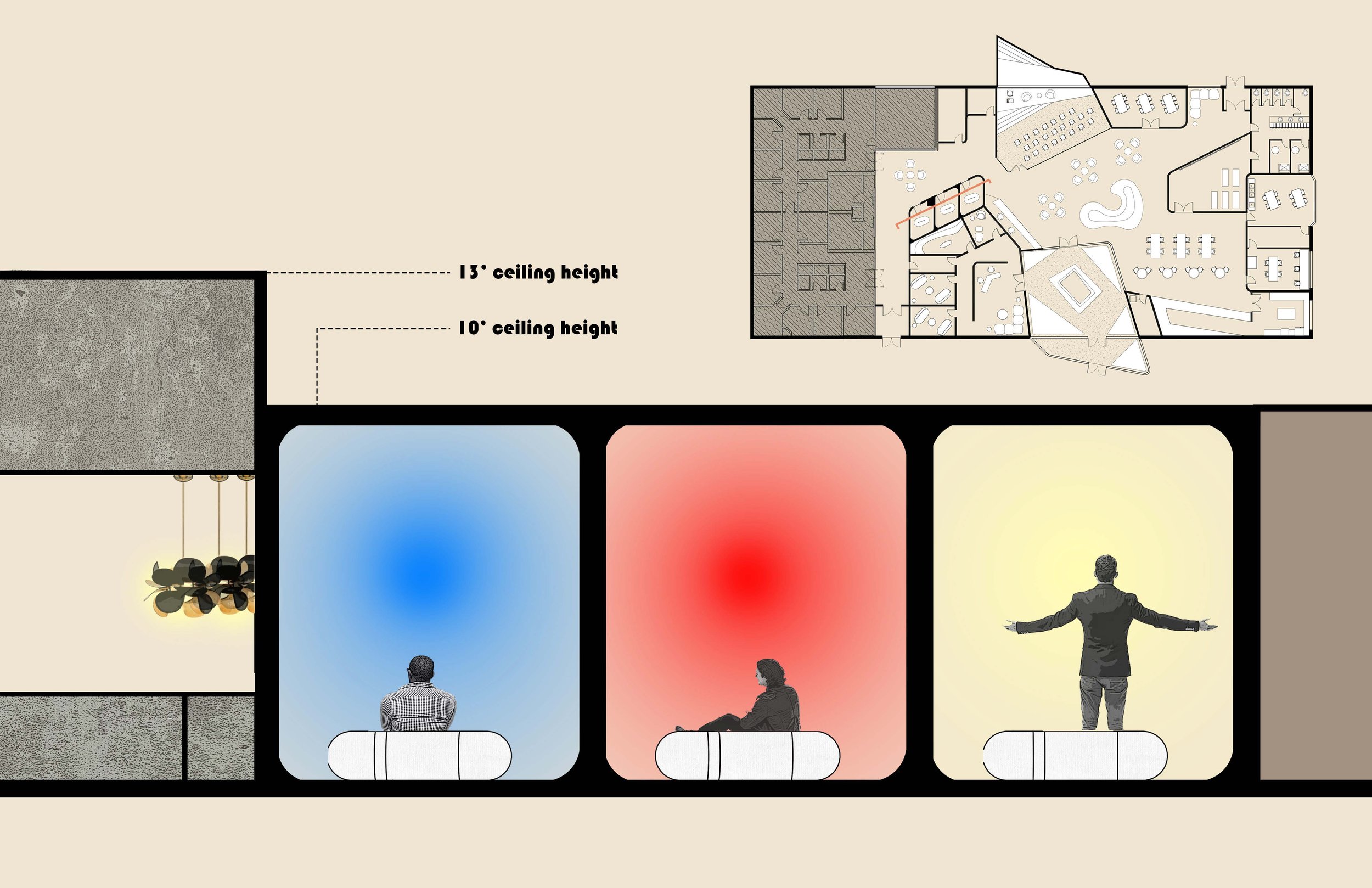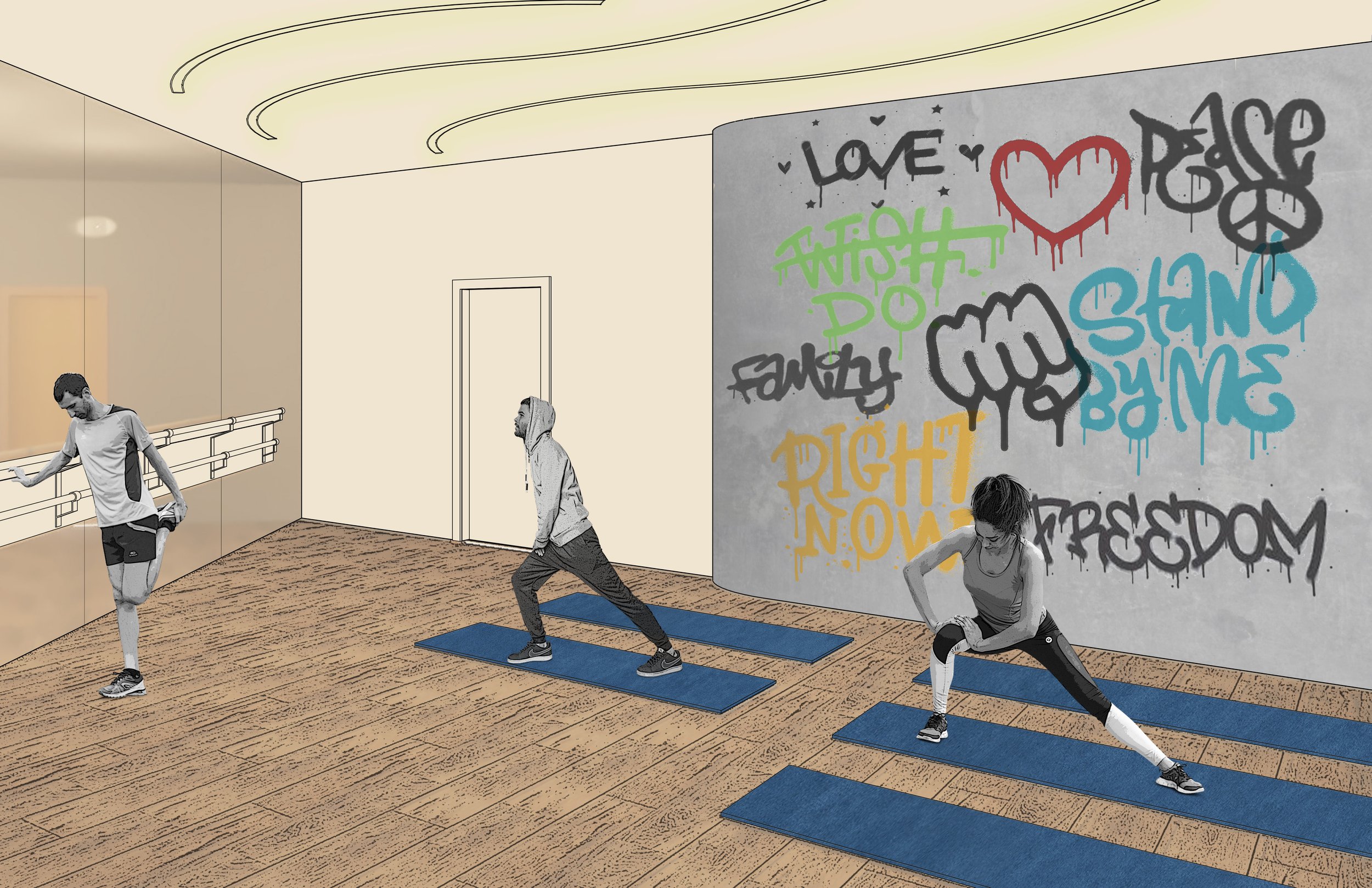Professor Tina Patel
A Place of Healing for CTJC: The project offers students an opportunity to explore deeply ingrained systemic and structural racism within various systems and how these factors contribute to the production, endorsement, and perpetuation of widespread unfair treatment and oppression faced by different racial groups and people of color. We partnered with Civic Projects Architecture, founded by Architect Monica Chadha, and the Chicago Torture Justice Center (CTJC). CTJC aims to address the traumas of police violence and institutionalized racism through access to healing and wellness services, trauma-informed resources, and community connections. The Center envisions a transformation of its current space to create a hub for community engagement, interaction, and information dissemination. They seek to establish a place for both individual and group healing and will also offer training and education programs for its patrons and the broader community. Working independently, the students will develop a design response for the center that aligns with the client's and the community's vision.
Christina Meyer
CTJC: A Place of Healing
Students will have the unique opportunity to gain insights from Civic Projects Architecture and CTJC regarding Chicago’s Reparations Movement and its broader implications. They will delve into the complexities and intricacies of the site, community, and context, comprehending the spatial requirements, and exploring the potential of these architectural typologies as catalysts for community development. Individually, students will craft the design for the interior of the Place of Healing for CTJC. In addition, they will conduct thorough research to understand the project's context, cultivating a deep sense of empathy for survivors of police and state violence, as well as their families, and gaining insight into their unique circumstances. They will also provide a thoughtful and sensitive design solution that will establish a space that fosters healing, safety, and a sense of community for these individuals.
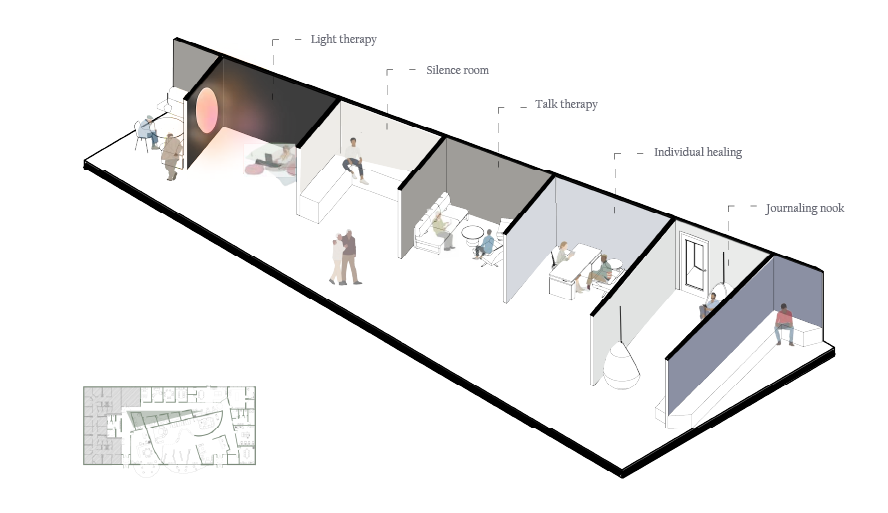

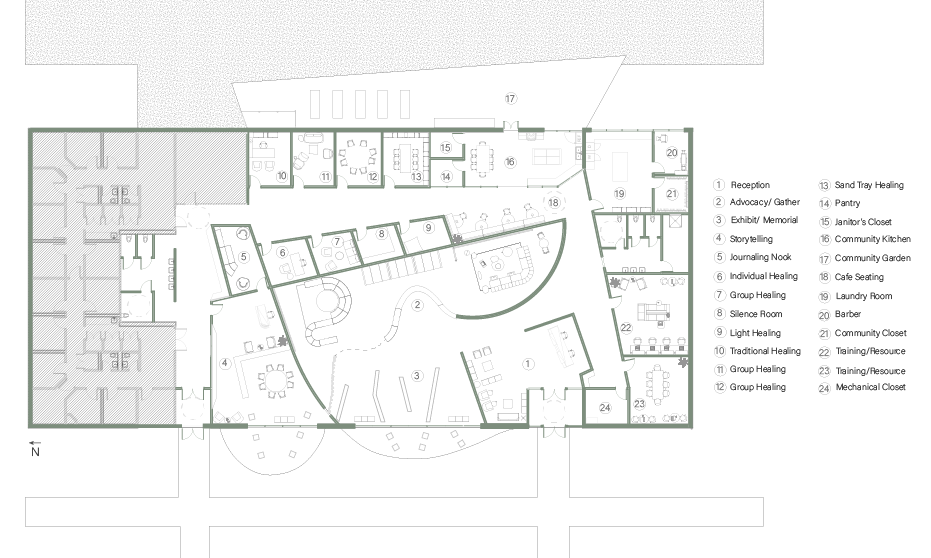
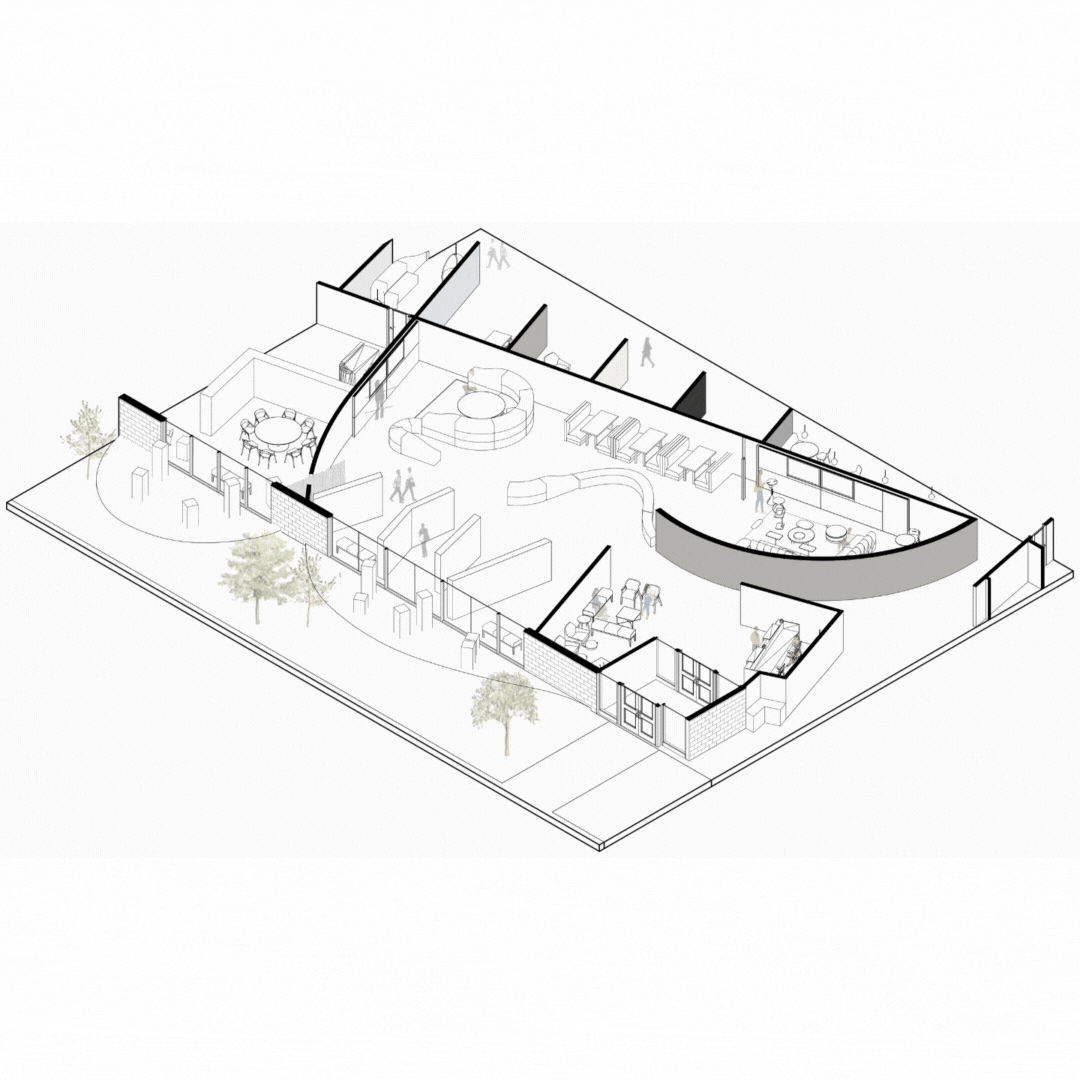

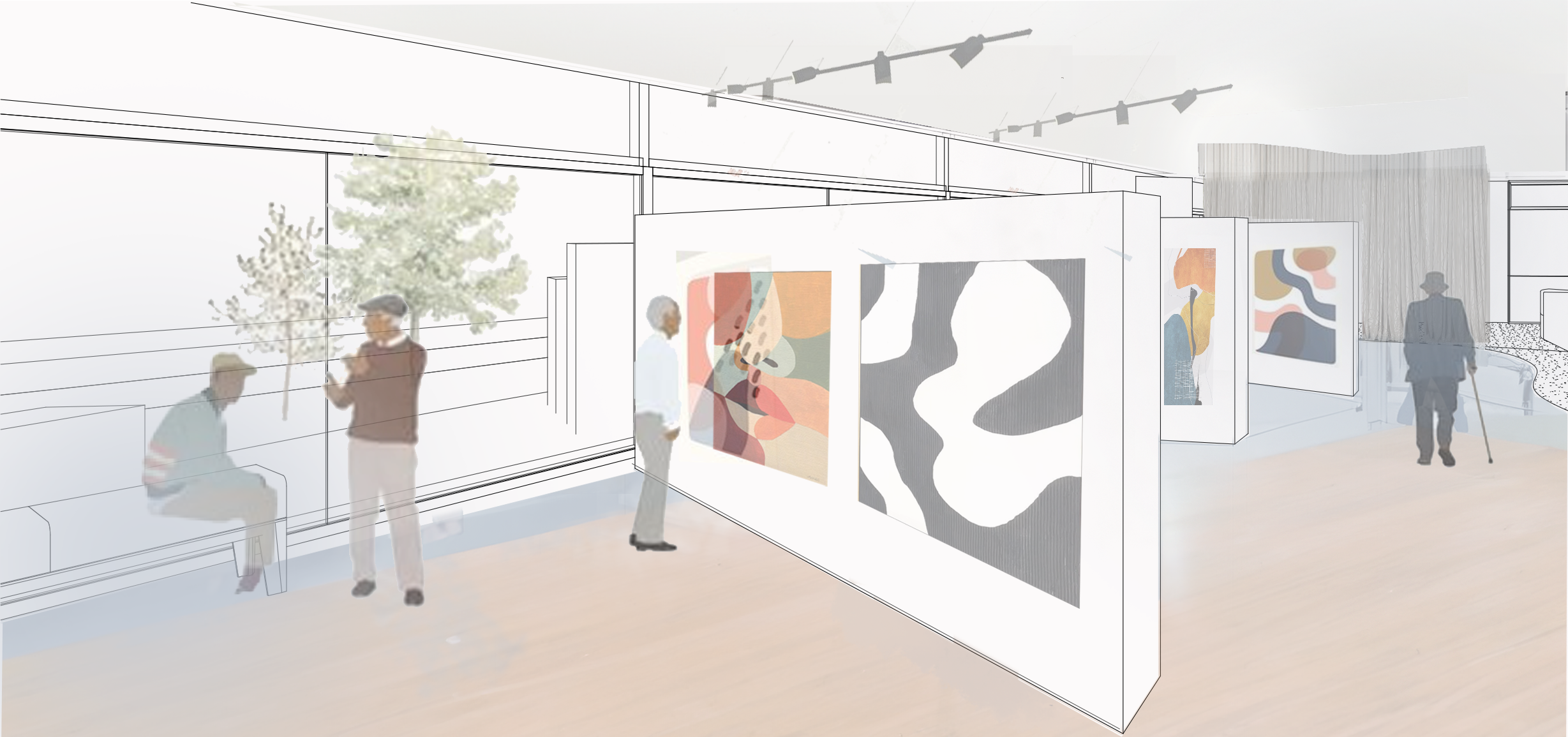
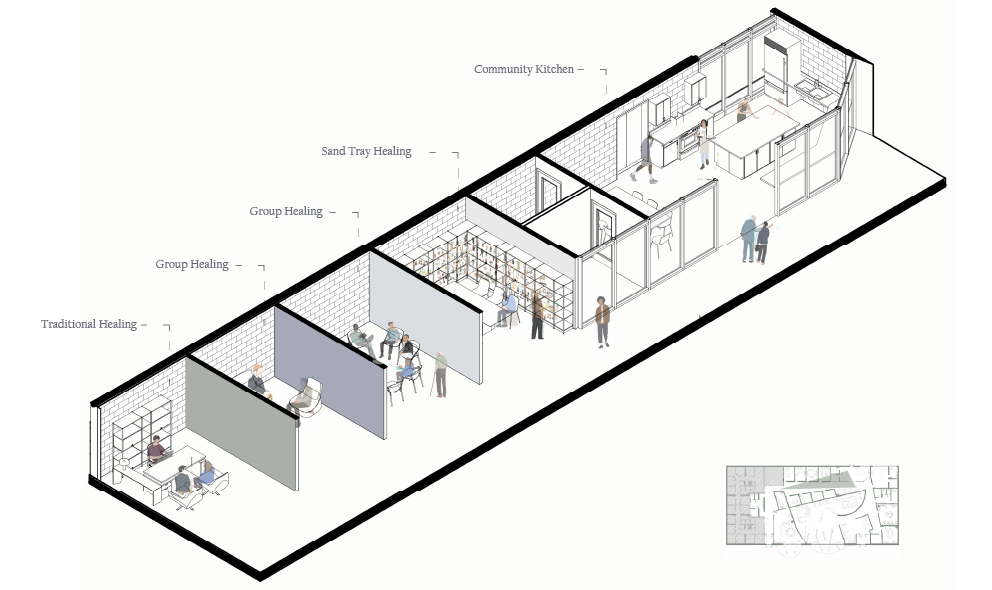
Melina Carna
Assemblage
The Chicago Torture Justice Center addresses police violence through healing and wellness services, employment support, and assistance for survivors, their families, and the local community. This center offers a range of therapeutic methods, including art therapy, meditation, yoga, a dance studio, a library, counseling, and a community kitchen, creating a space to combat oppression and injustices. The center's design functions as a community hub, CHALLENGING conventional healing methods with a politicized approach. By integrating various perspectives and spaces for healing, this space fosters interactions and displays that promote overall well-being, hope, and recovery while emphasizing the CONNECTION between decision-making and the JOURNEY of life.
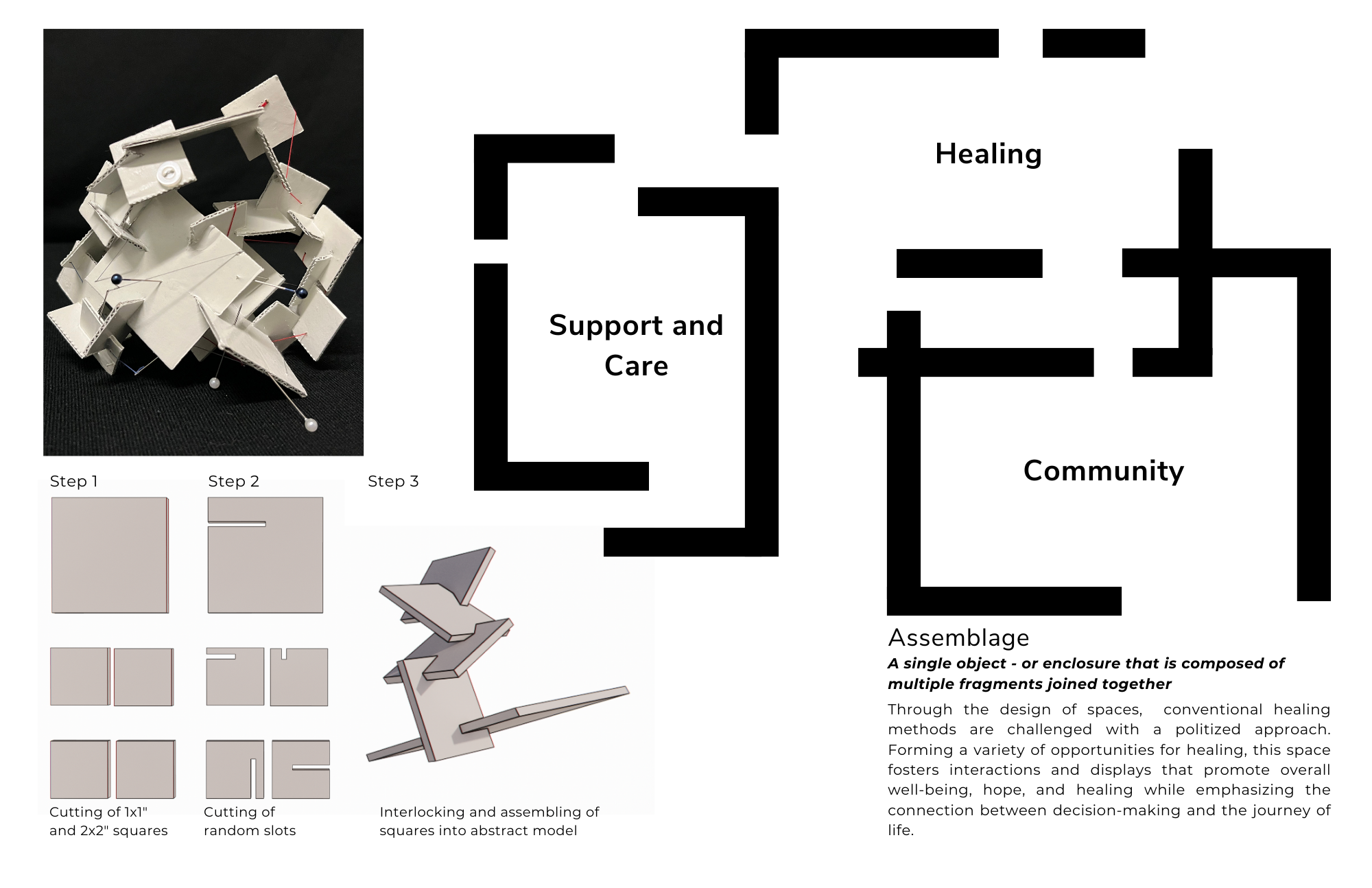

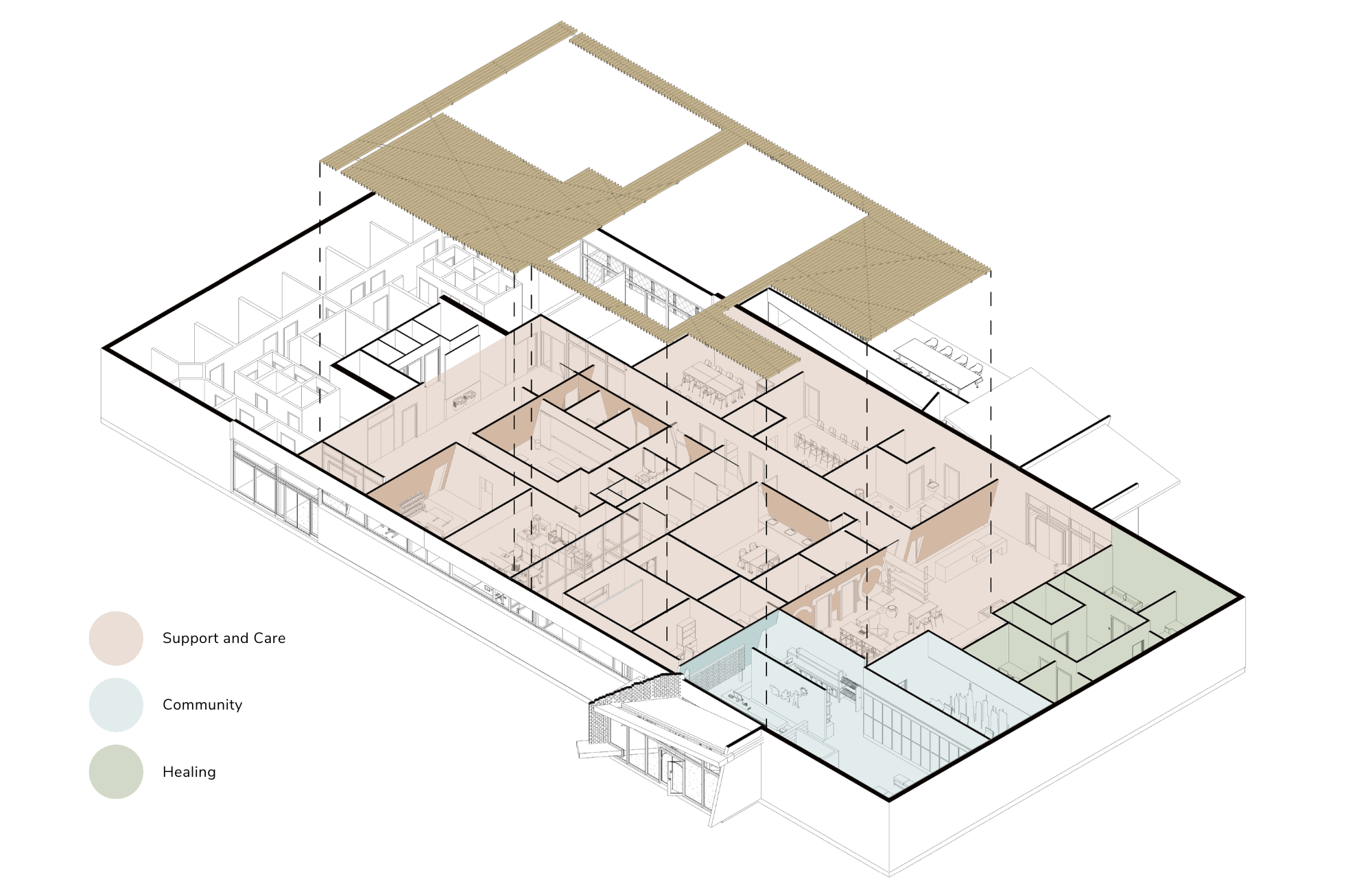

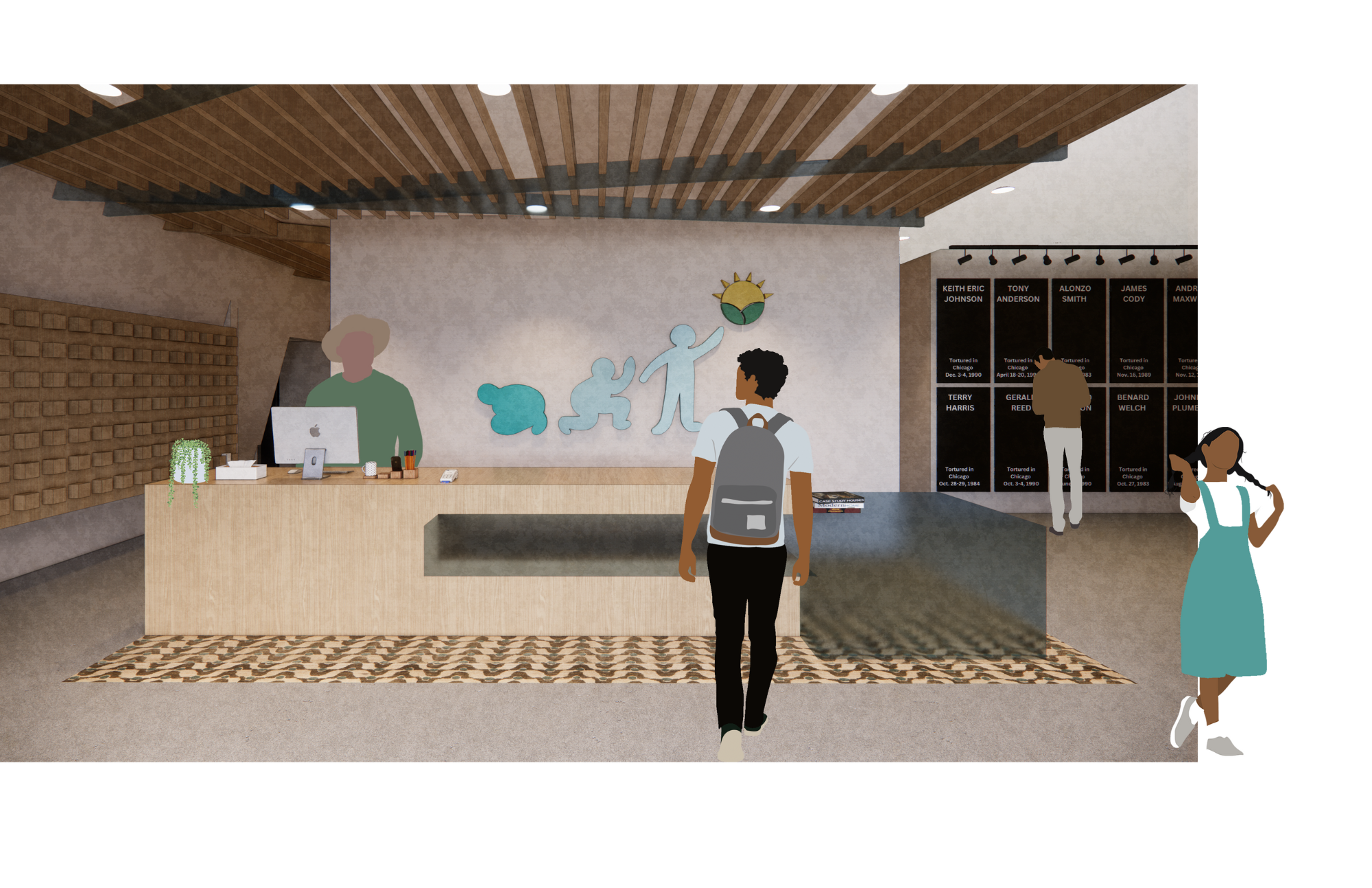
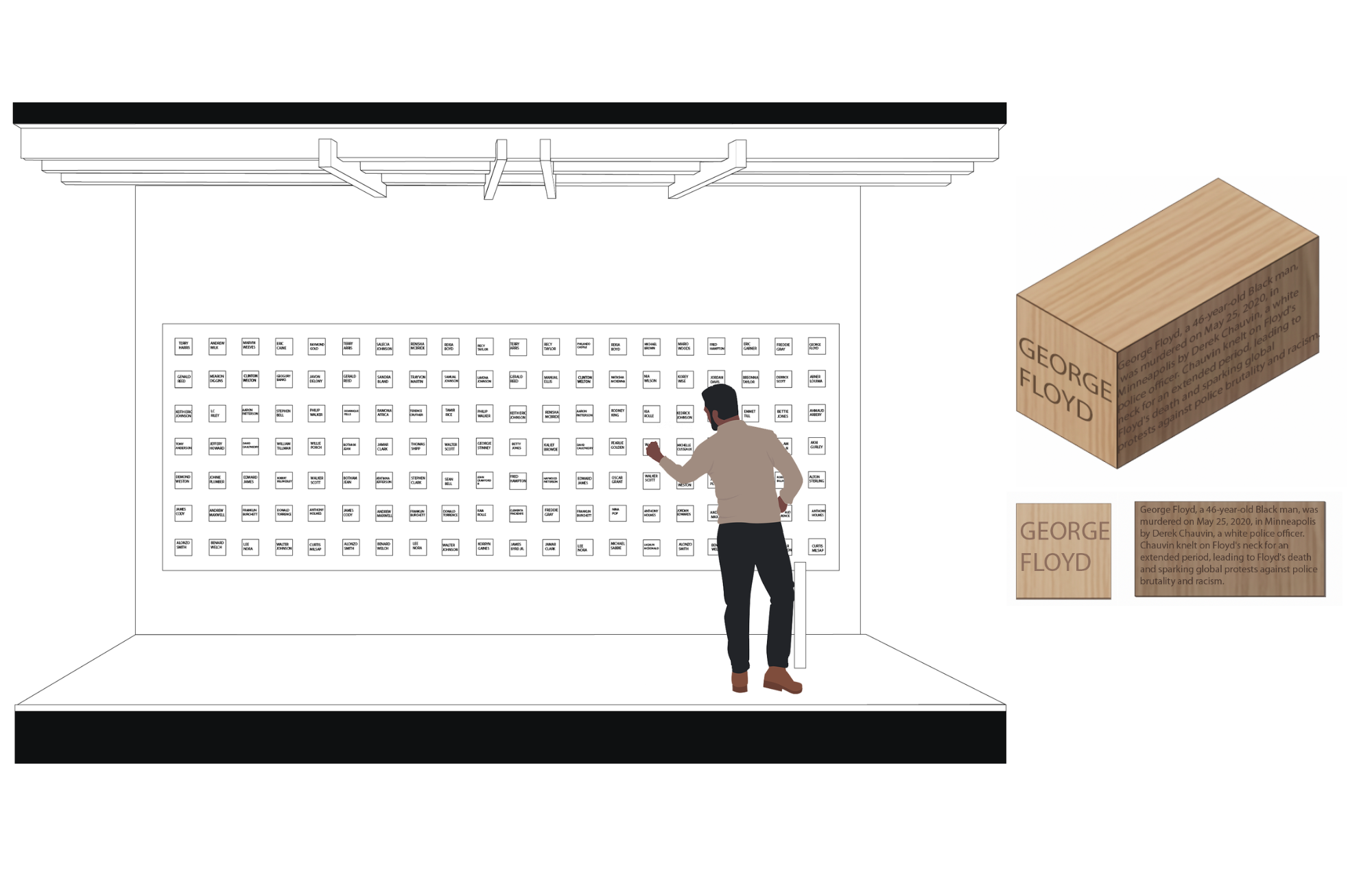
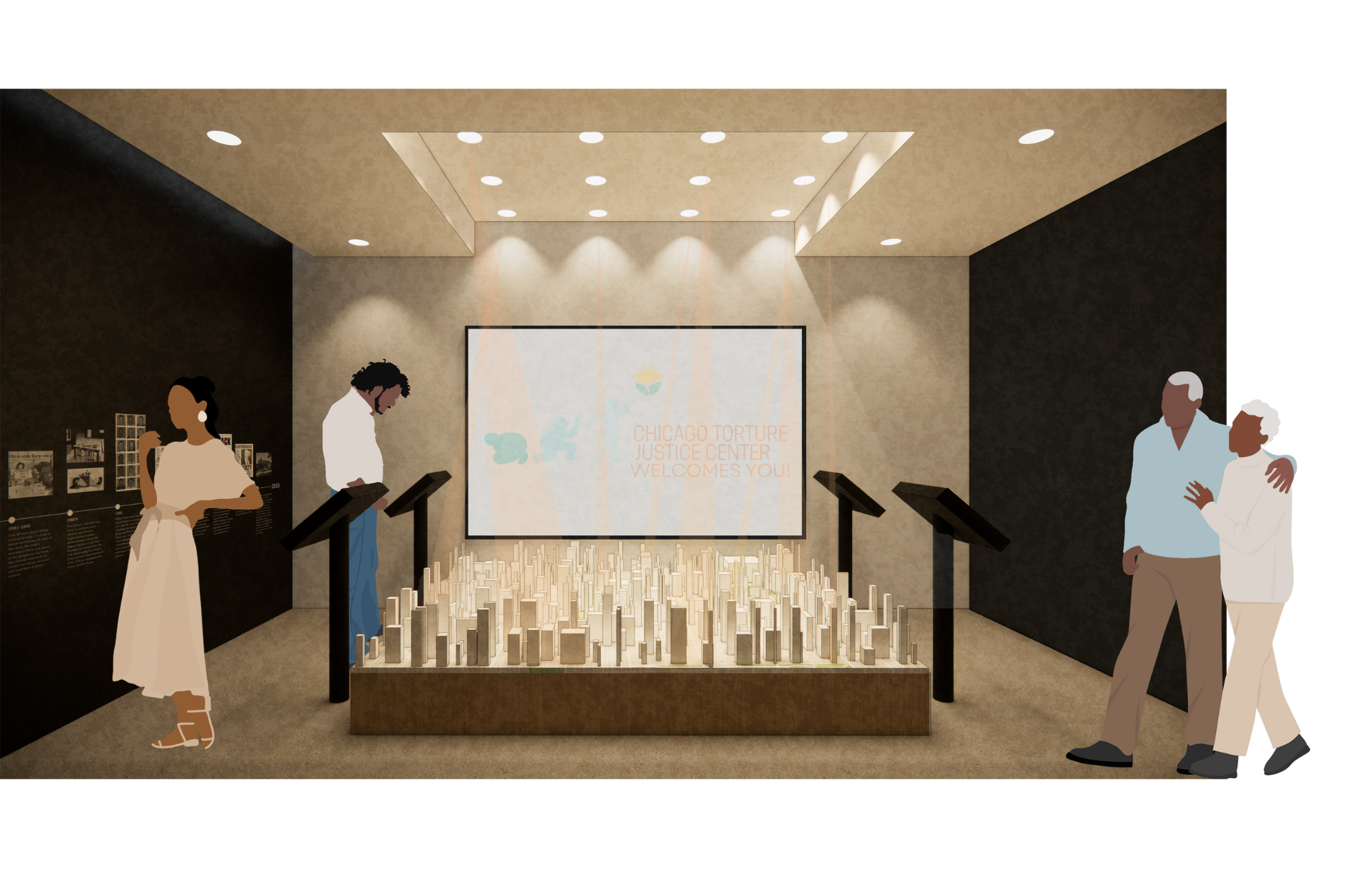
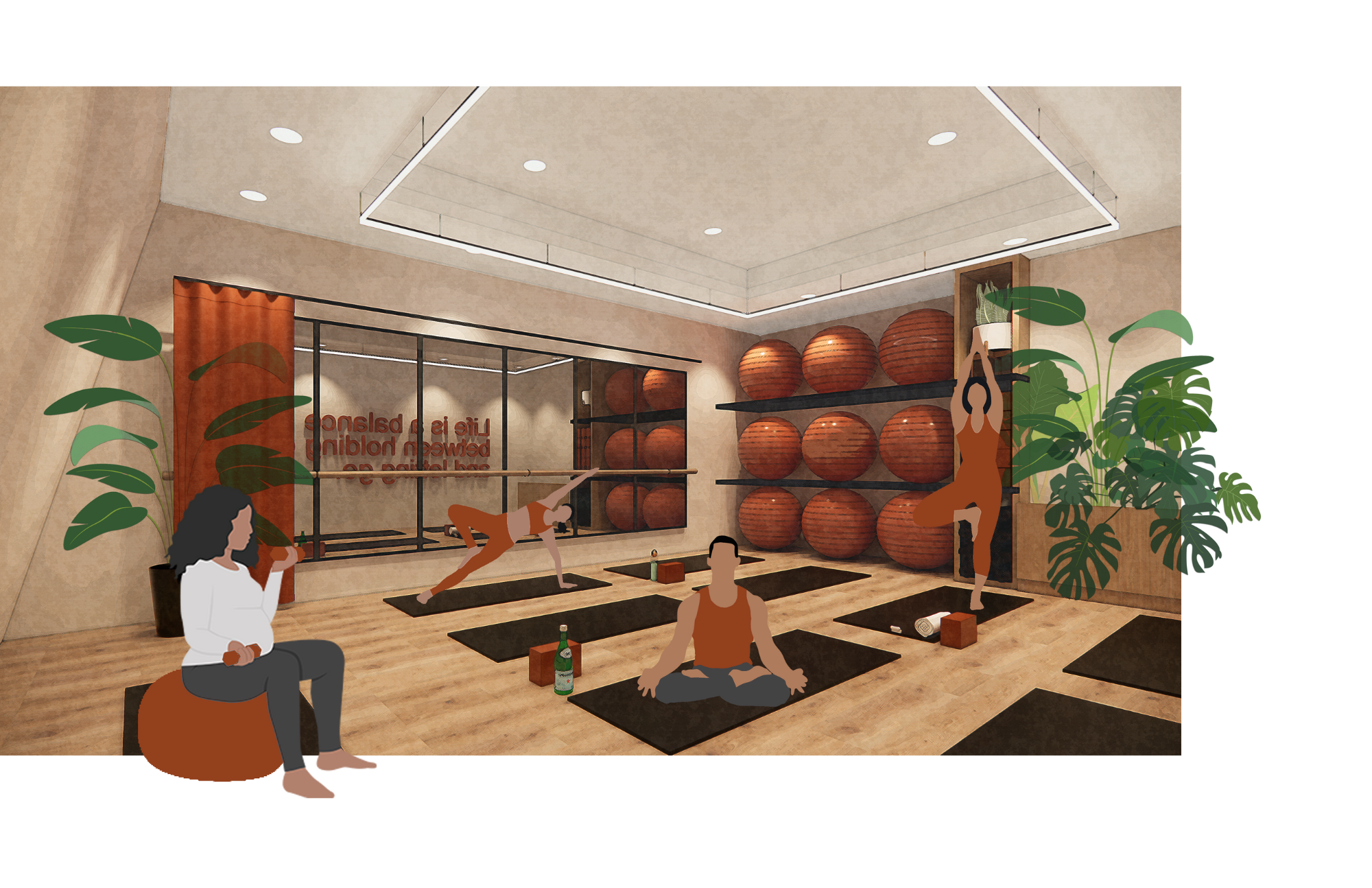
Tiffany Chang
Ongoing, Unfolding
The Chicago Torture Justice Center serves a community that has been destabilized by systems of oppression and subsequent state-sanctioned violence. Racialized and generational trauma severs relationships, leaving layers of loss and pain, and structural scarring. These complex layers need to be redressed and tended to with care and empathy; a process that is ongoing and unfolding.
Survivors of police torture battle oscillating feelings of ownership, belonging and dispossession. Recognizing and respecting their struggle is essential for the process of unfolding politicized healing and coping with grief. The spatial intent for the CTJC aims to embrace and dismantle the “creases” generated by police and state brutality through autonomy, self-advocacy, storytelling, and memorialization.
Private and public edge conditions or “folds and creases” are arbitrary, encouraging both personal reflection and community-building. However, as one transitions from the welcome area, to the individual healing spaces, and to the communal garden, the “creases” between spaces unfold with varying levels of permeability. Residual in-betweens emerge and activate the corridor, depending on the level of engagement.
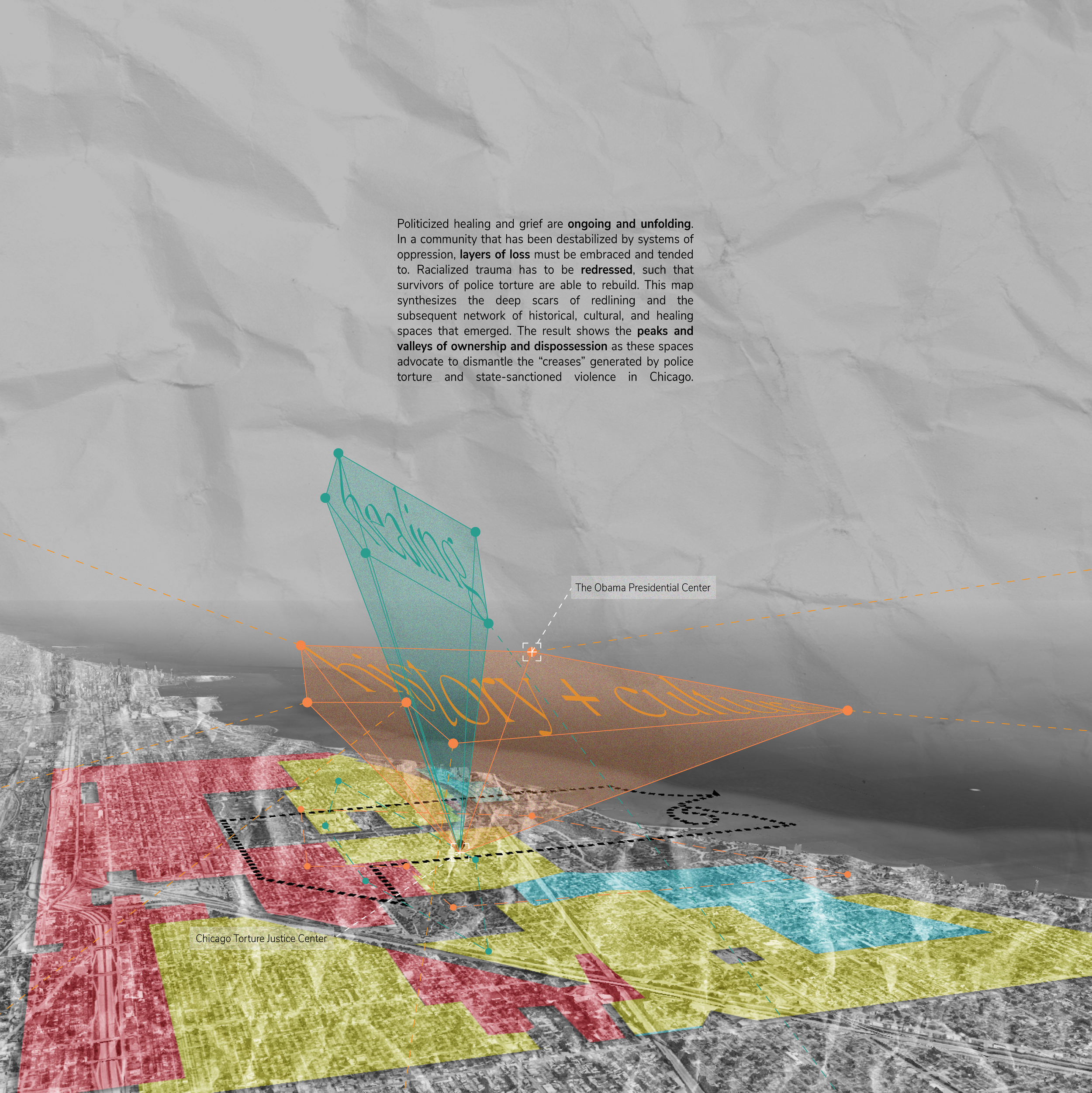
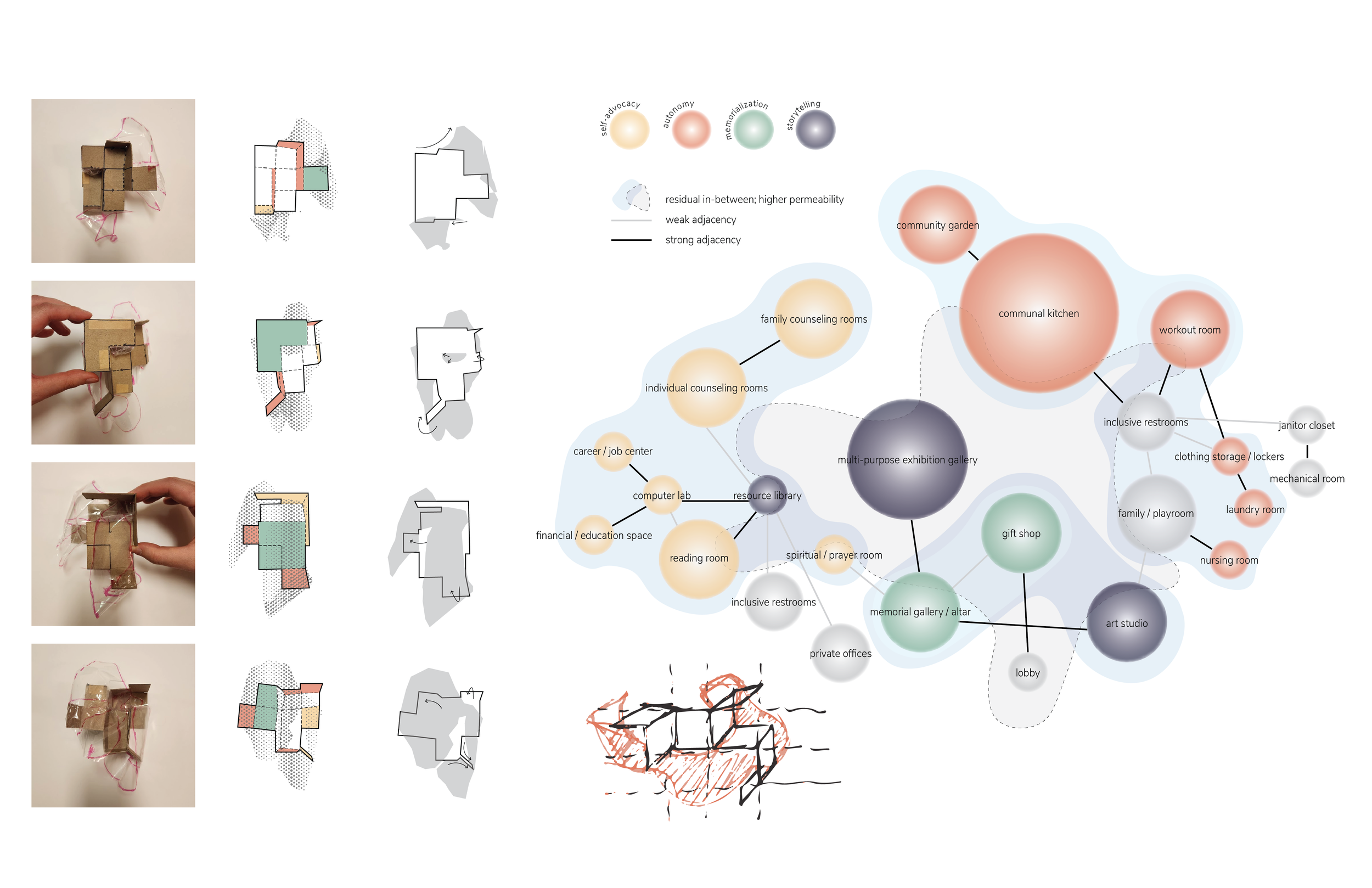
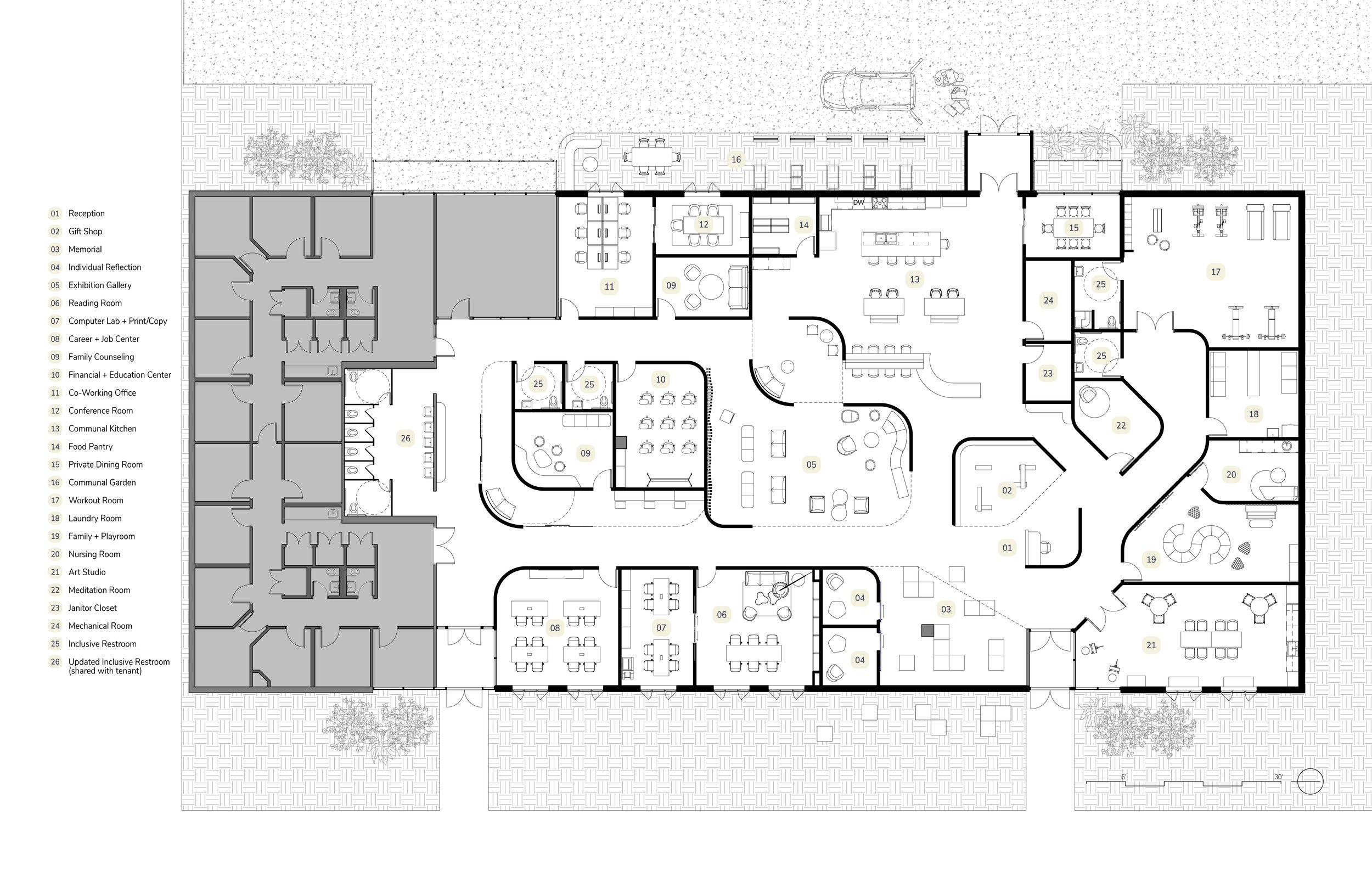
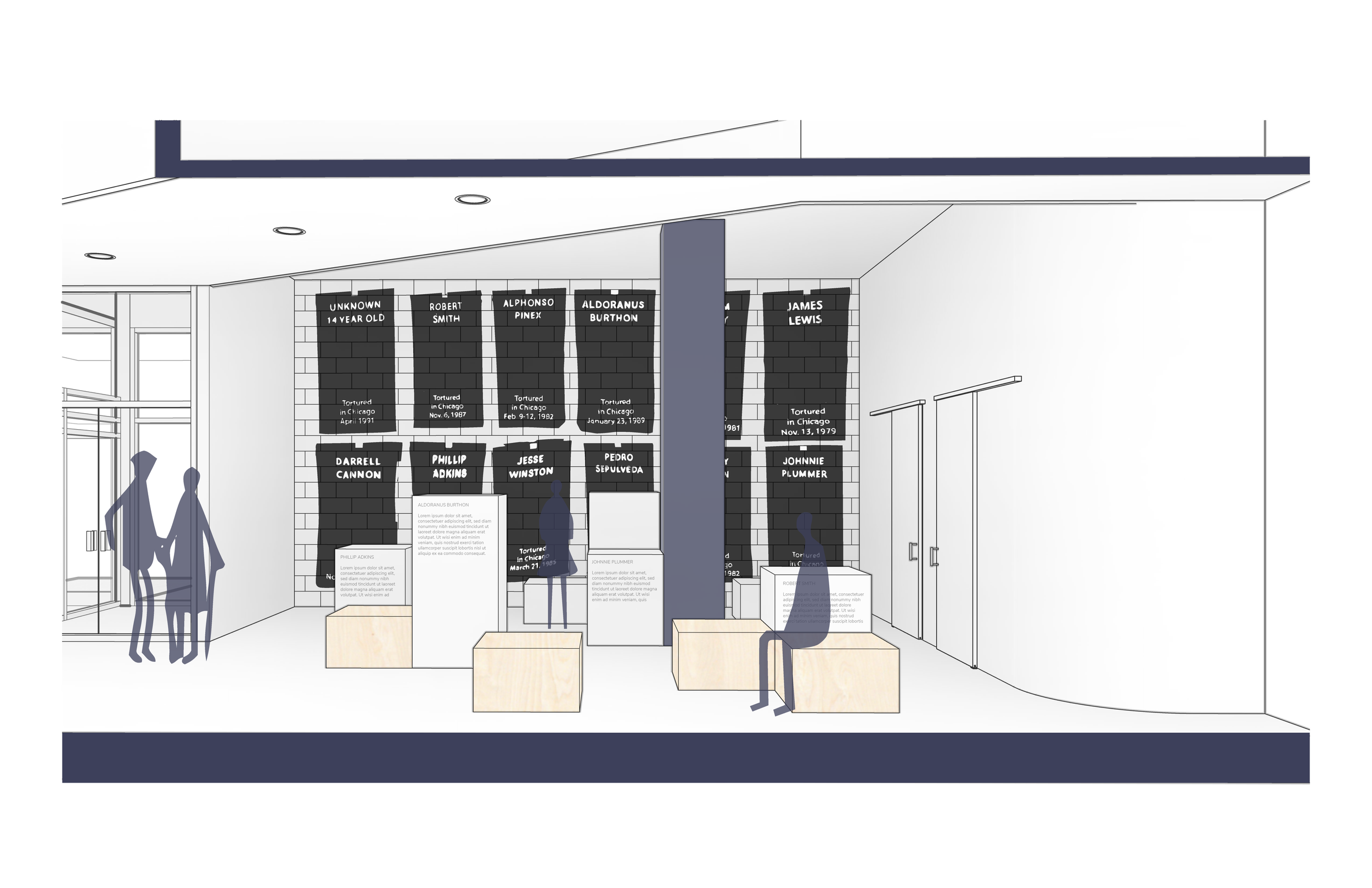
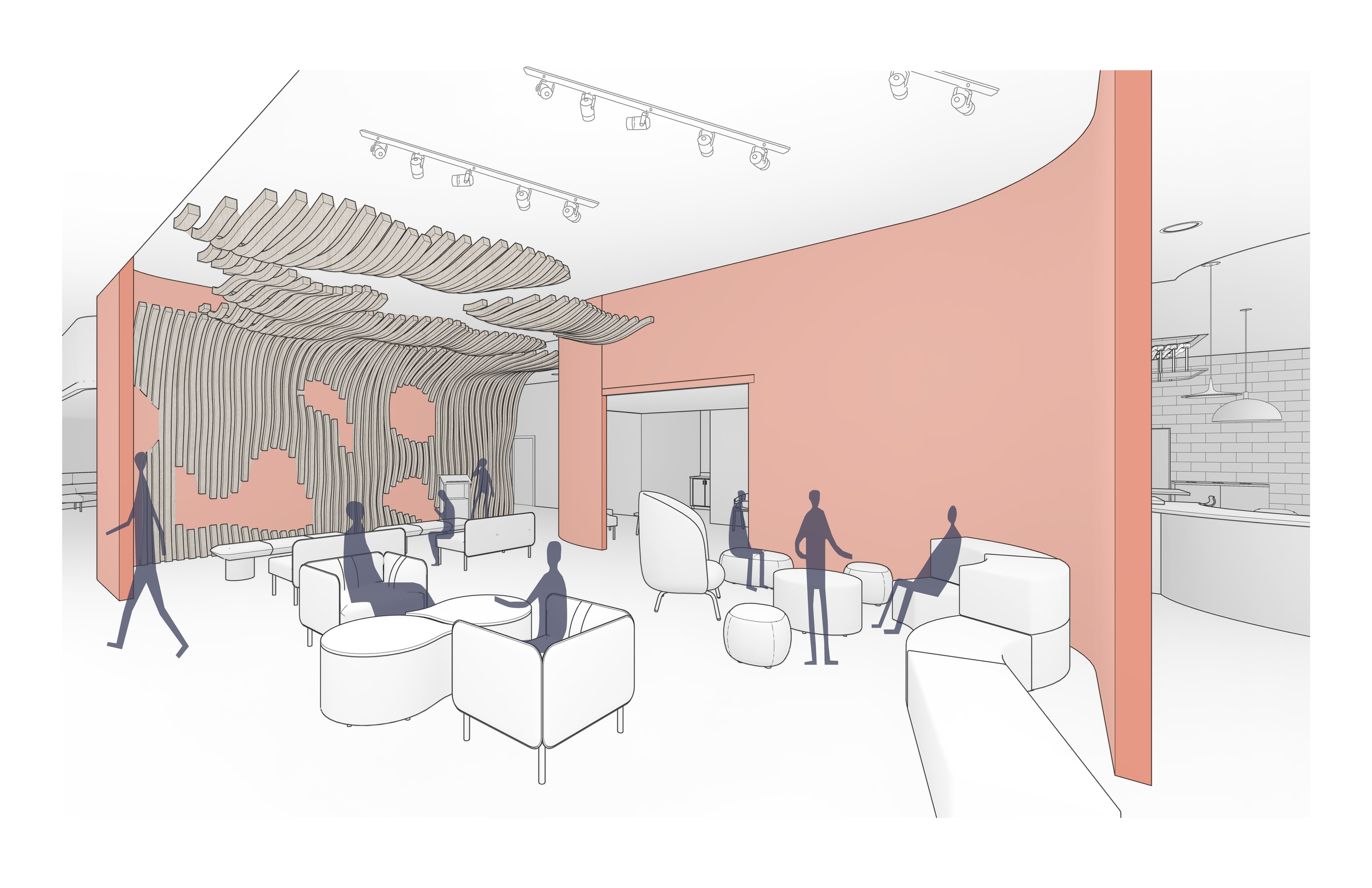
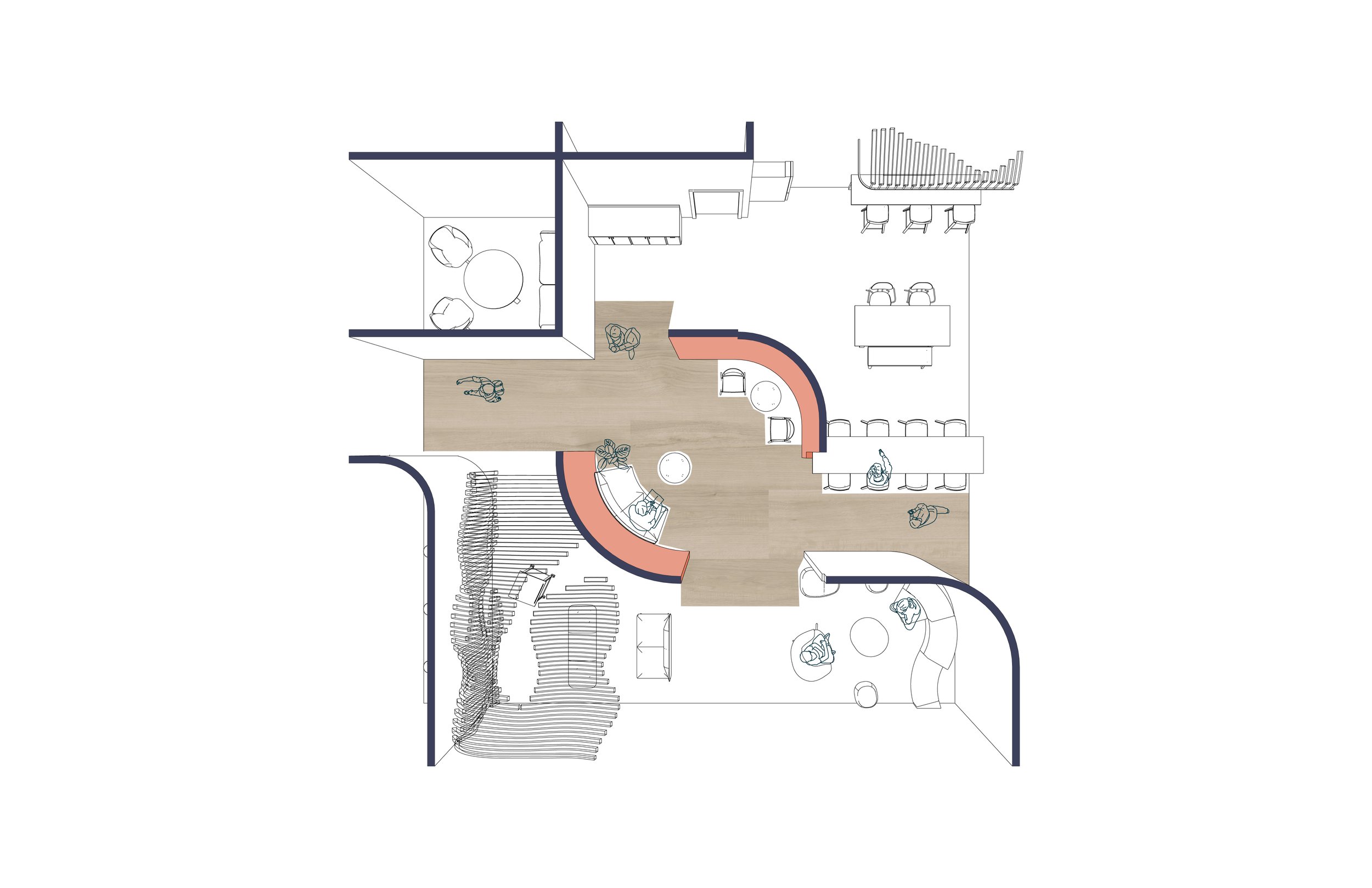
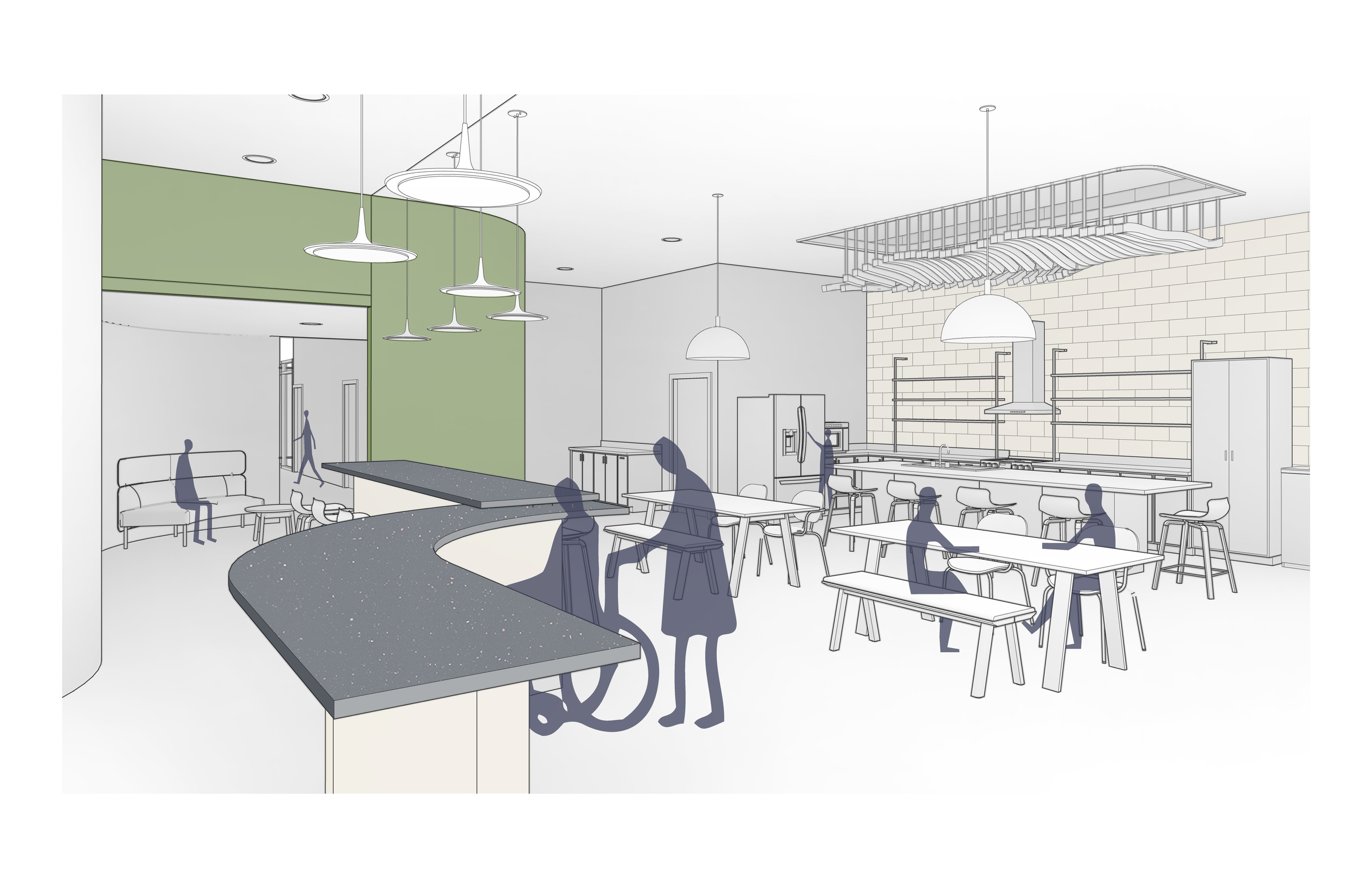
Sydney Crawford
Unraveling The Past To Heal
The city of Chicago has historically shown a lack of support, protection, and reform for the abuse of black bodies throughout the city. Police violence and brutality have become a systemic problem that has induced fear, and has led to inequality, and injustice in the communities of color. The Place of Healing for The Chicago Torture Justice Center will foster an environment of growth, healing, connection, and a sense of belonging for survivors of police and state violence. The space is designed to care for survivors of police violence and their family members, as well as activists, teachers, and all community members who support the causes, motivations, and beliefs of CTJC. This healing process will be achieved through ‘unraveling. The center will not only unravel the pain of the rigid systemic racial inequality knots but also unravel the way we traditionally heal.
This space will allow survivors to acknowledge the past, and rebuild their future through endless resources and support. It will foster an environment of care for survivors to unravel their pain, tension, fear, and suffering. The expression and relief through programs such as art, music, poetry, self-care, gathering, playfulness, and physical activity will promote individual and communal healing. The softness of curvilinear forms and elements intertwined throughout the space will not only provide these comforting, healing, and personal care spaces but force a release, by displaying the past and juxtaposing it with hope, advocacy, and activism for these issues.
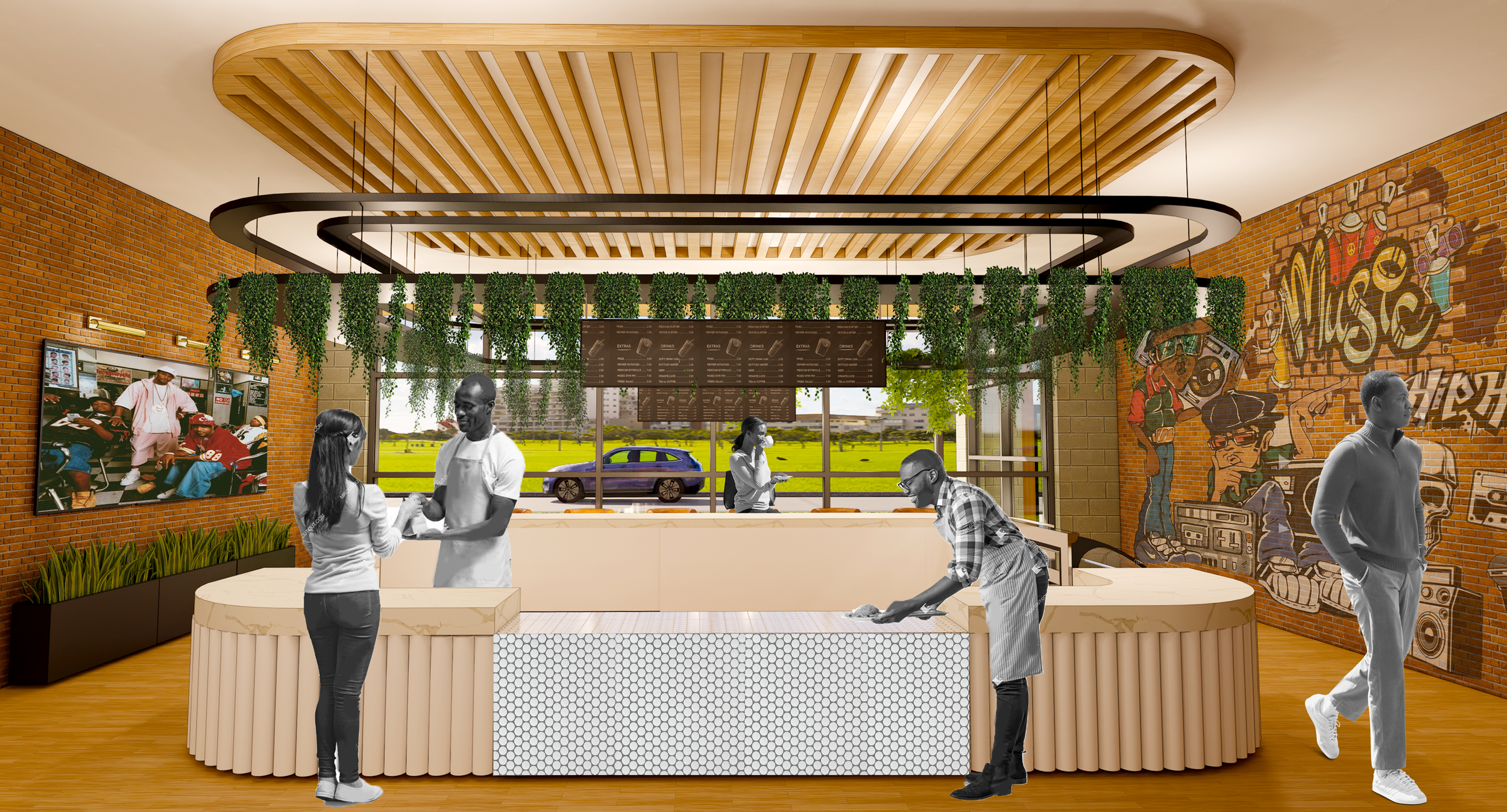

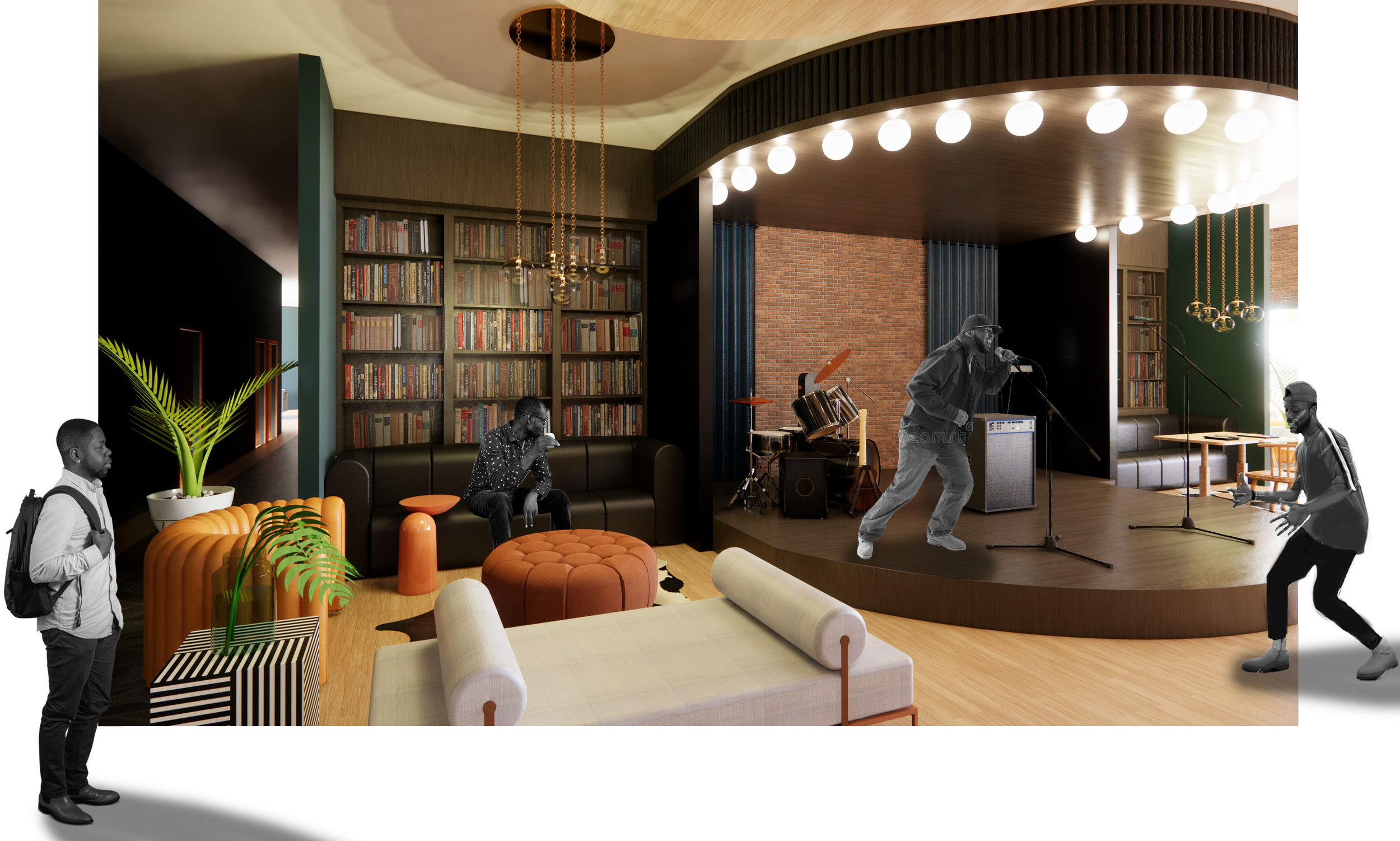
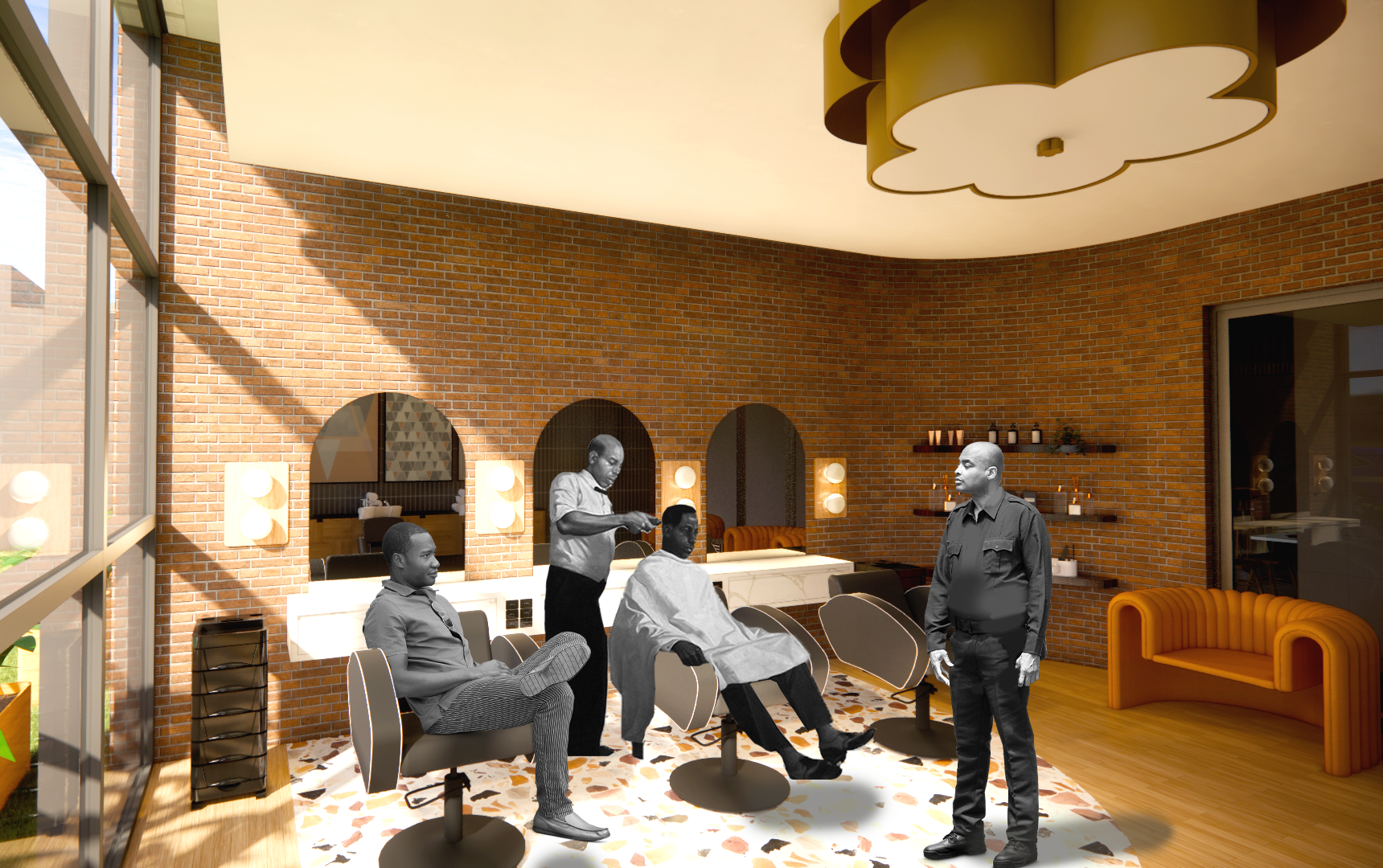
Professor Andera Sosa Fontaine
The studio involved understanding and designing for others with distinct realities and unfamiliar experiences by utilizing current specific social issues as design problems. Through a participatory and self-reflective design process, students were challenged to reflect on their individual viewpoints as well as those that have lived experiences beyond their own. Emphasis of the studio was placed on continual reflection, understanding, and respect for communities, their values, and unique perspectives as the context for the design of an interior space.
Stefan Kuljanin
CTJC: A Place of Healing
Recovery is a nonlinear journey. Flower carved styrafoam cups are hand crafted persistently, and torn apart with ease. The Chicago Torture Justice Center will share this beauty of resilience, by healing after loss through story telling, growing, and reflecting. Story telling spaces will bridge community together through shared experience in a social blend of programming. The freedom of growth will comfort users with spaces that contribute to personal growth at their own pace. The central community gardening space will bring community even closer through the act of growing produce over time. Reflective spaces become quiet blankets where survivors can fall back into for an individual moment of self exploration. These pocketed individual spaces give the freedom to choose self reflection, while always being one door handle away from a shared supportive community. Grief will not be healed over night, but the Chicago Torture Justice Center will offer voice to a community with a shared experience, and dismantle systems by celebrating building and rebuilding within.
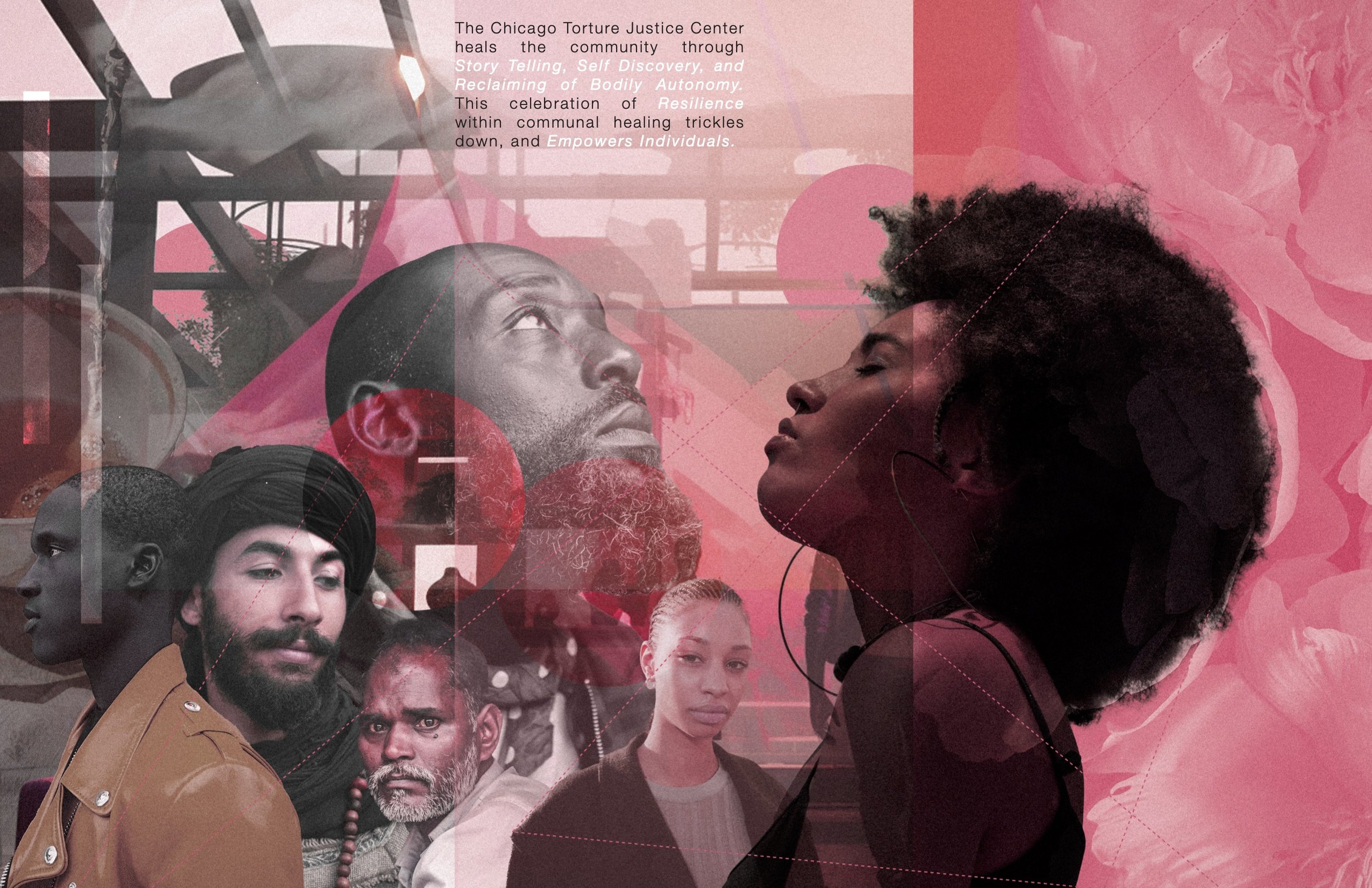

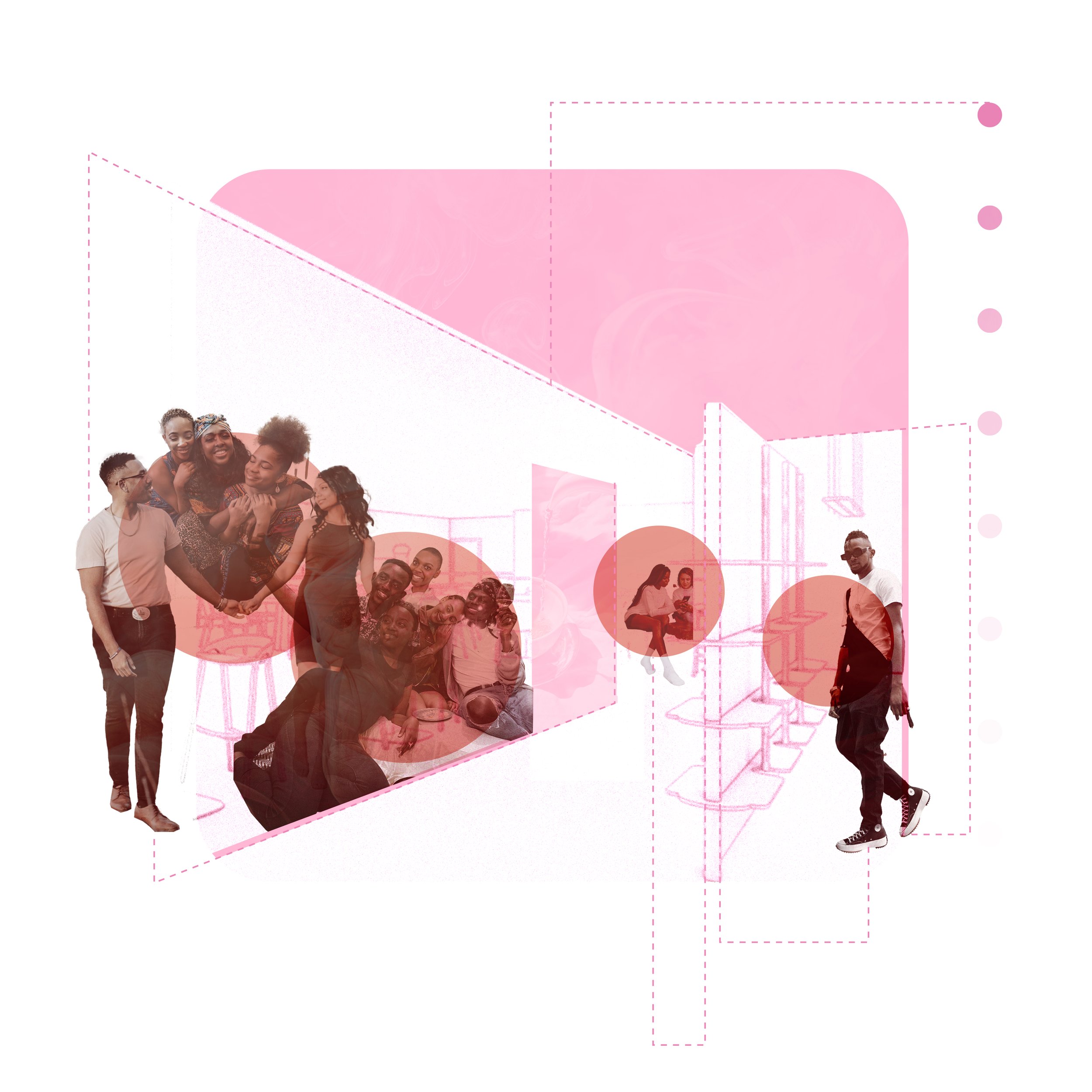
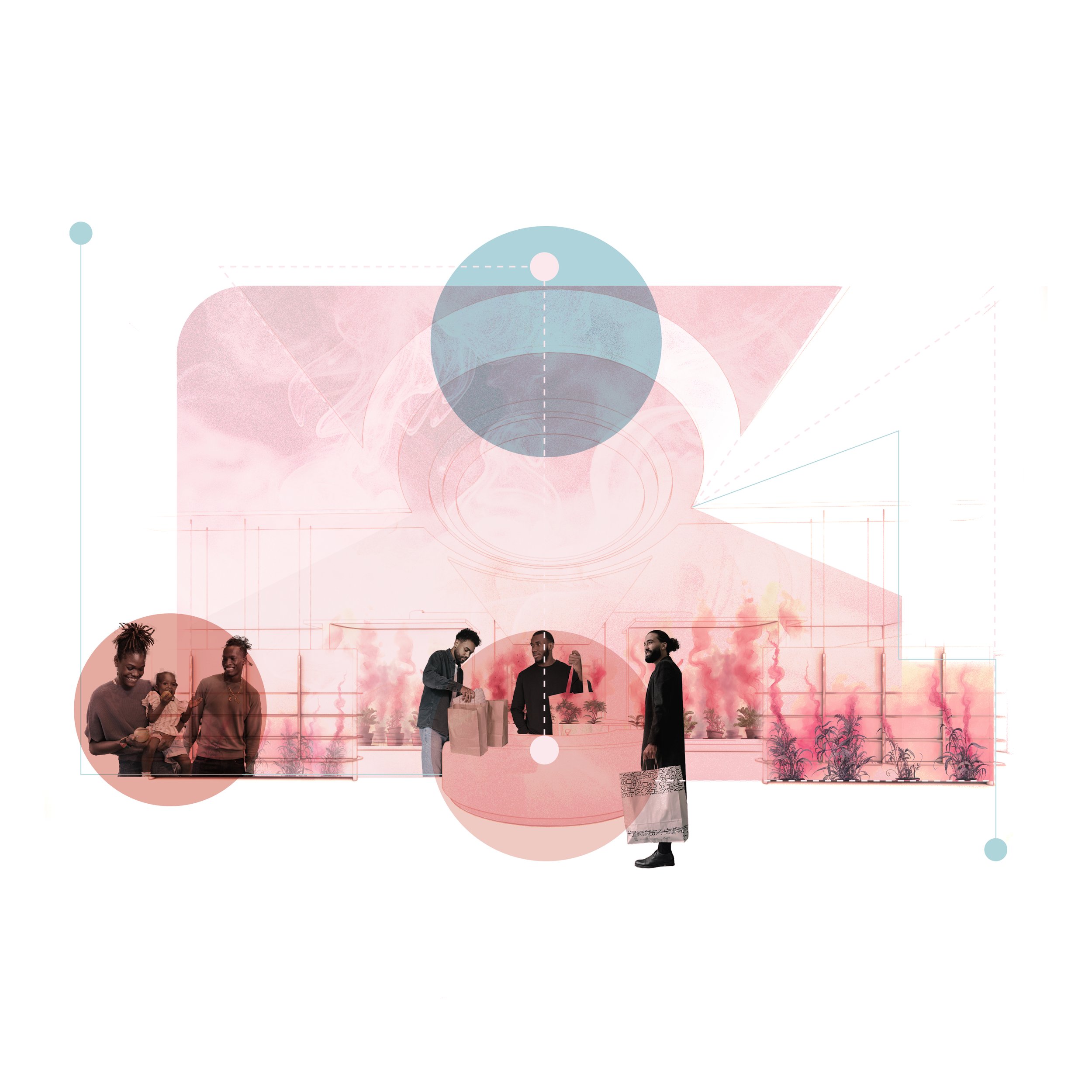
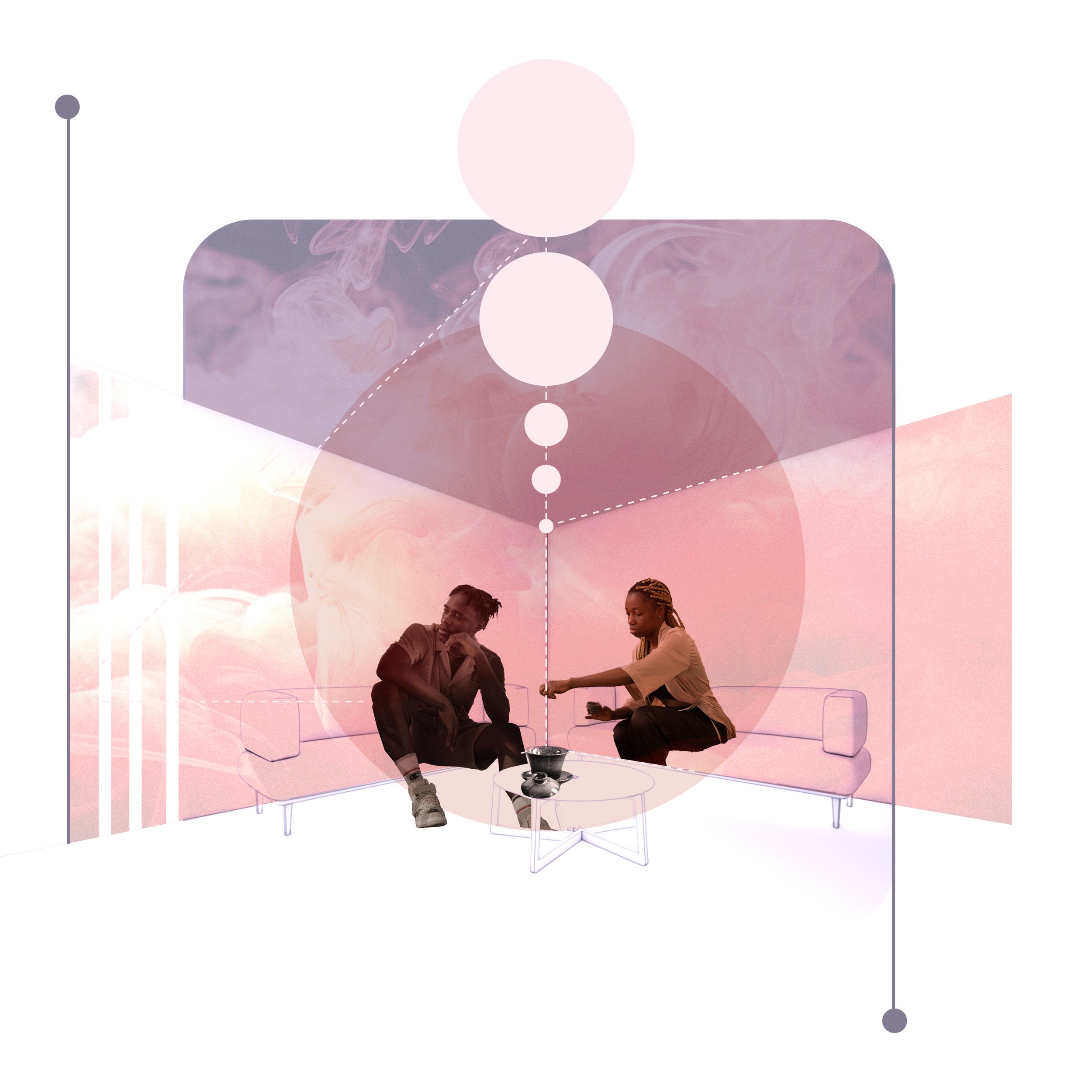
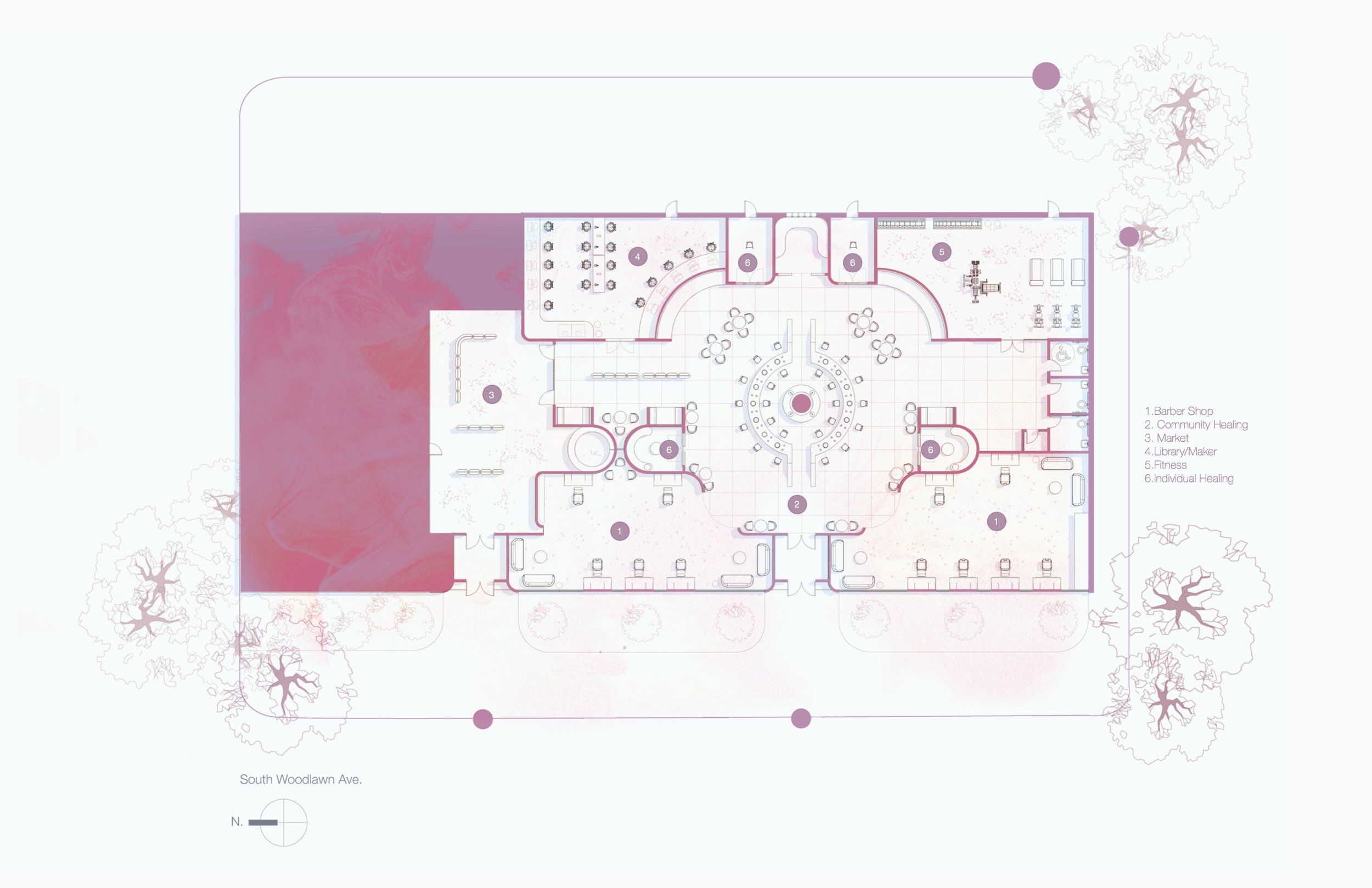
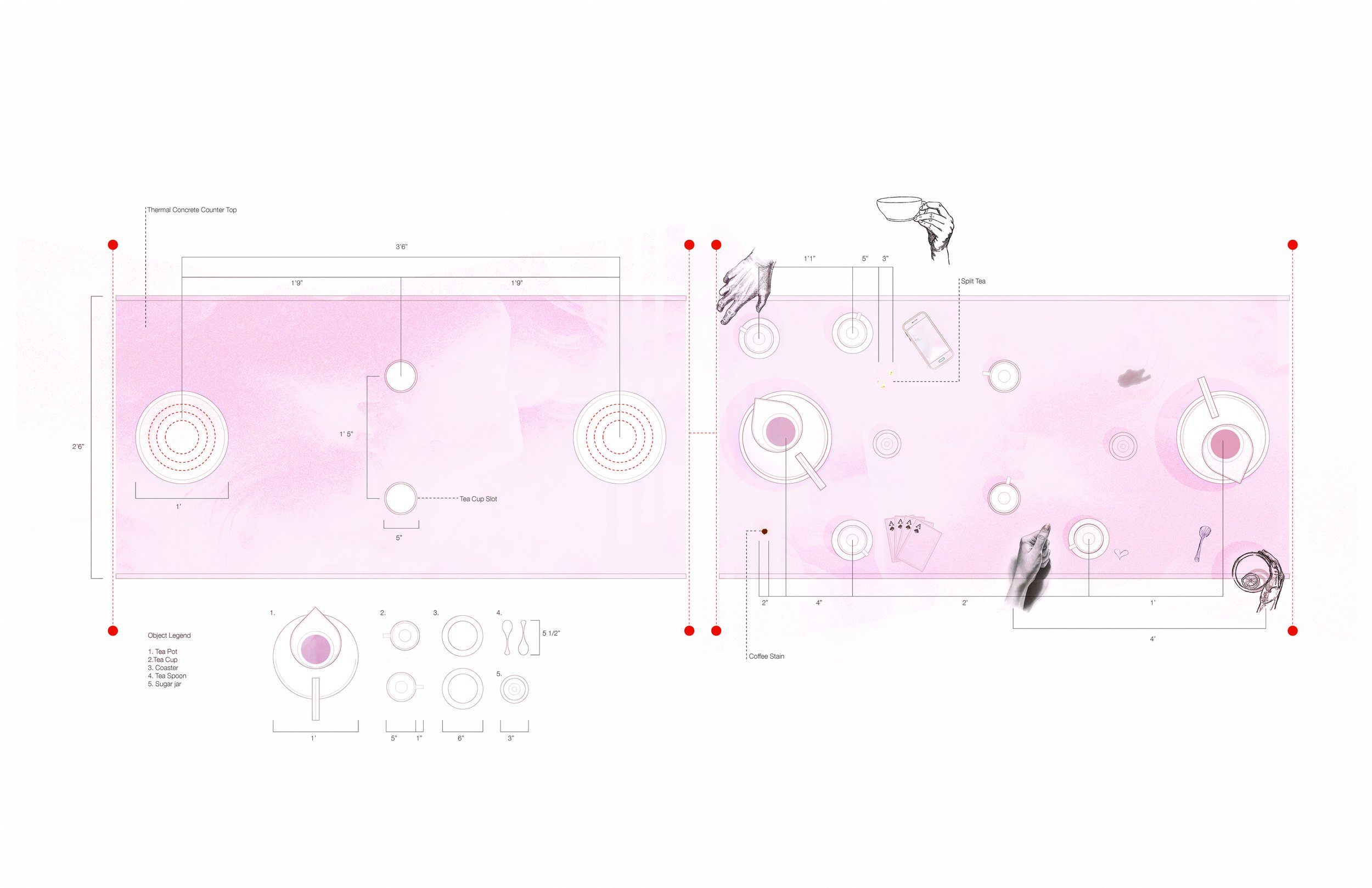
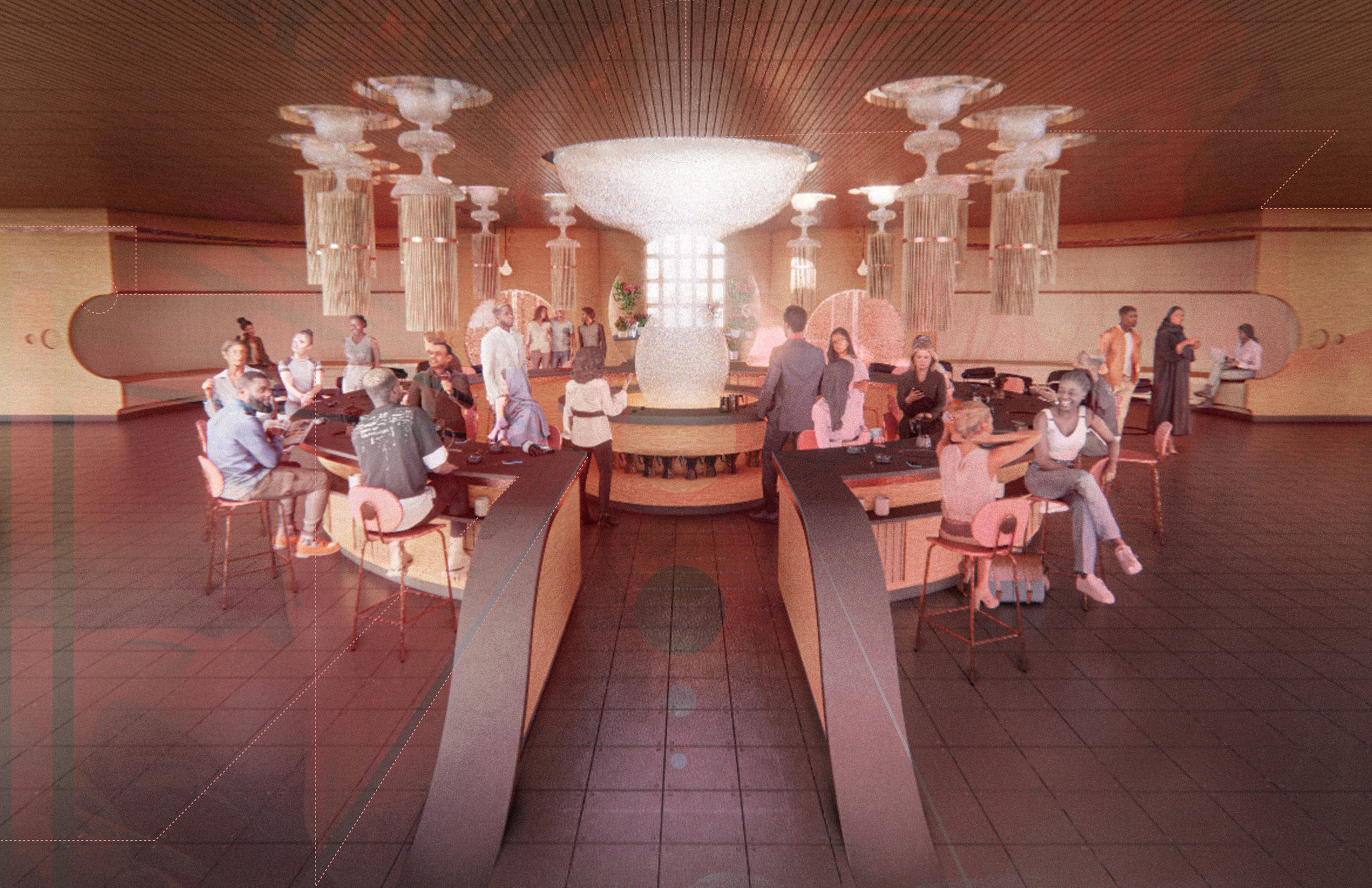
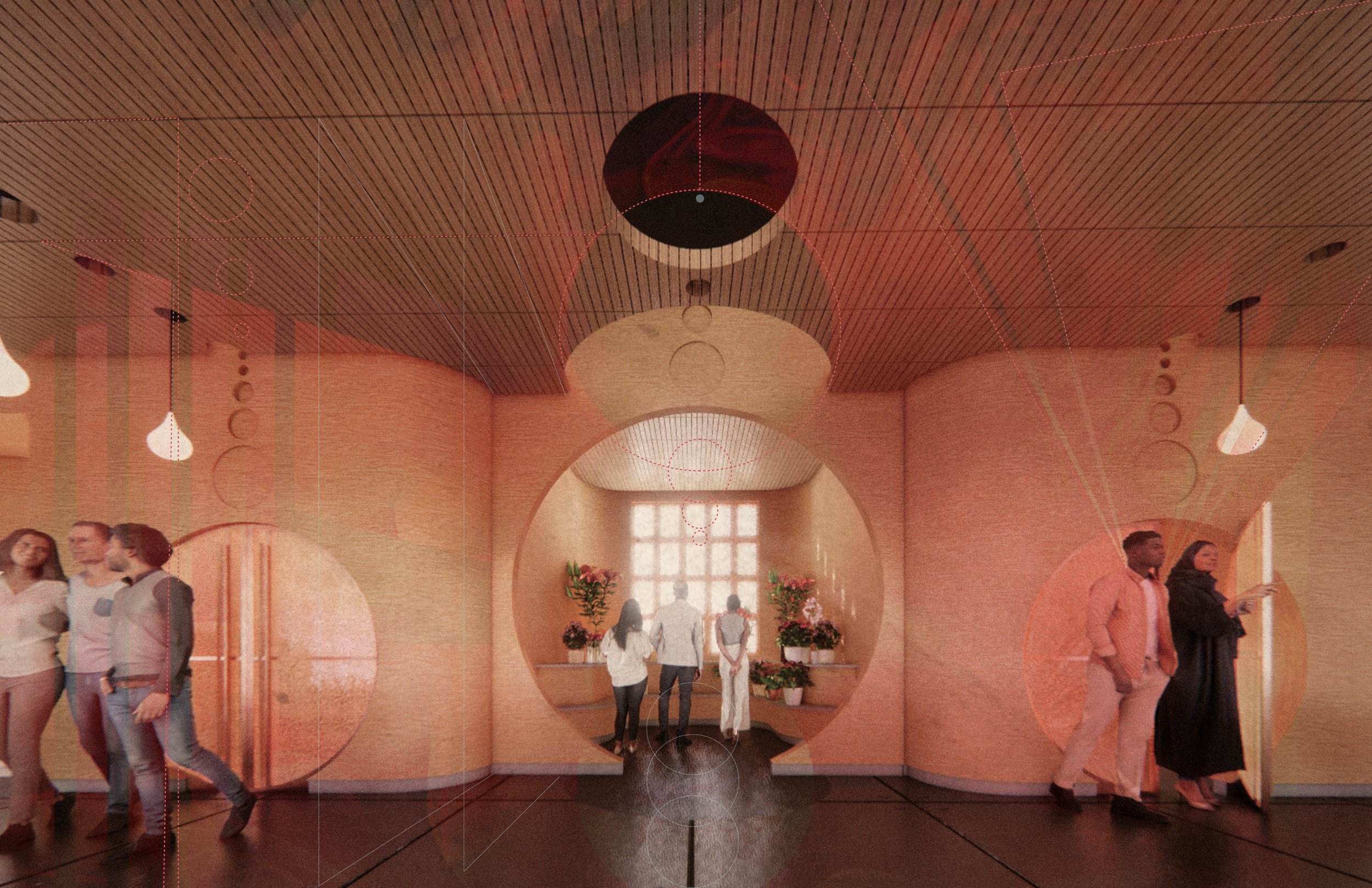
Katelyn Rinaman
Centering on Inner Strength: Chicago Torture Justice Center
Chicago Torture Justice Center (CTJC) seeks to address the traumas of police violence and institutionalized racism through access to healing and wellness services, trauma-informed resources, and community connection. Located in Woodlawn, Chicago the CTJC is committed to ending all forms of police and state violence—both direct and indirect. The project explores a wide range of services, including counseling, support groups, therapy spaces, resource workrooms and a community healing space designed for collective healing. This space focuses on the concept of power, the survivors of the space can rediscover who they are. This space promotes personal growth and empowerment within each survivors journey. Individuals can transform in the space starting from within and with encouragement of the community around them. The healing process is not linear and will continually be on going, but getting the inner strength to want to heal is the sense of power that needs to be recognized. The space is where survivors can embark on their journey of self-discovery, empowerment, and growth through storytelling.
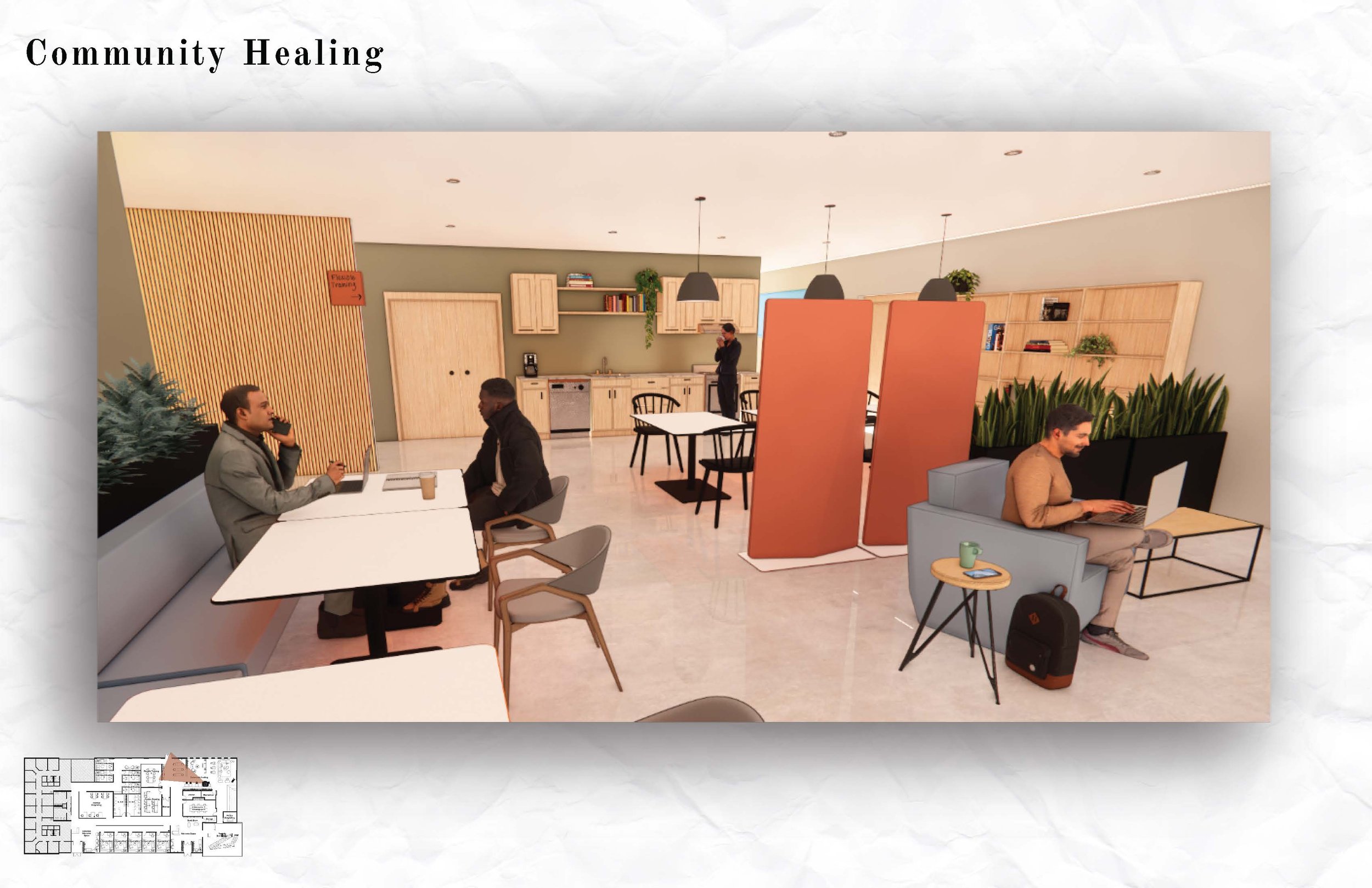


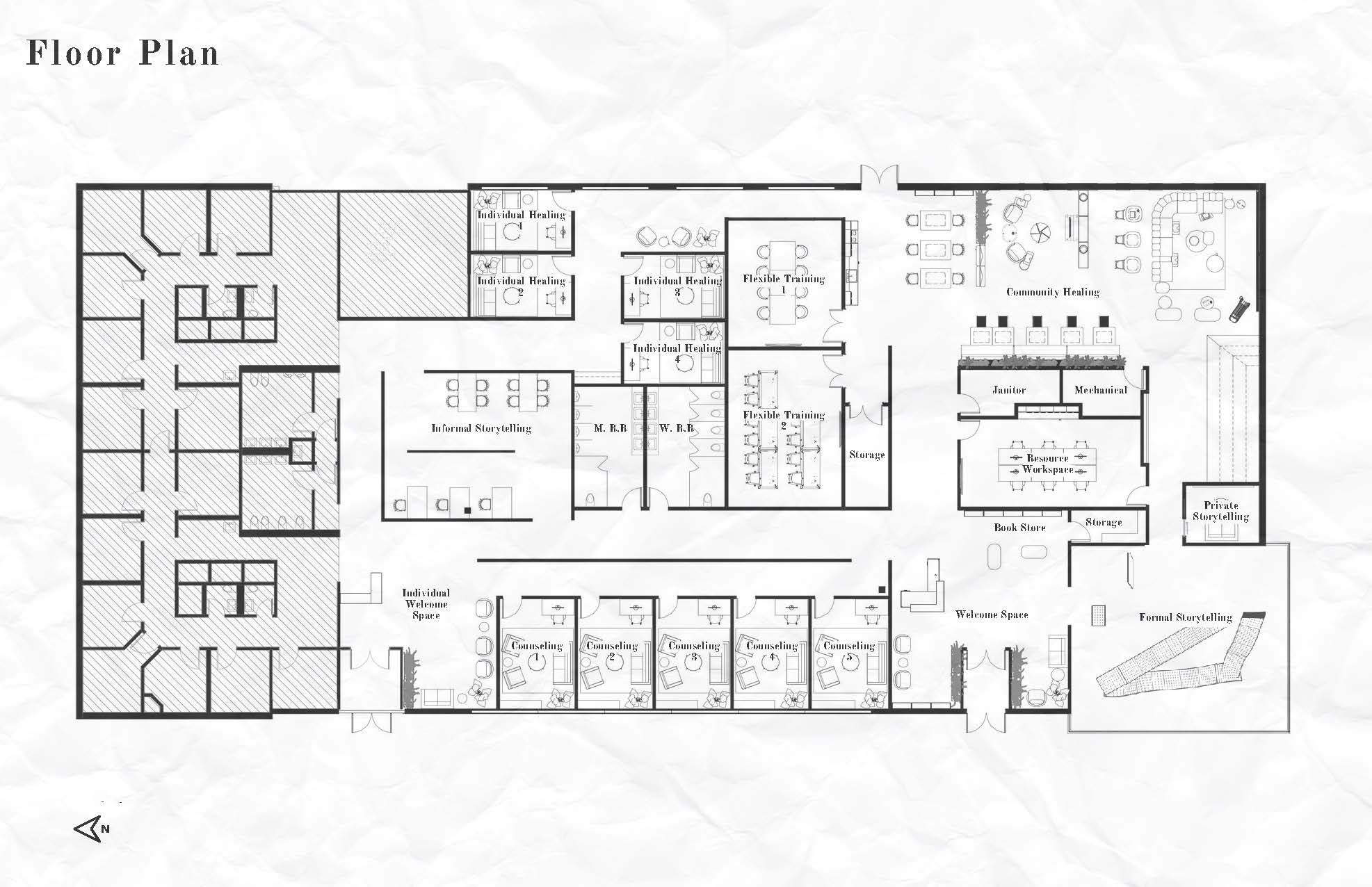
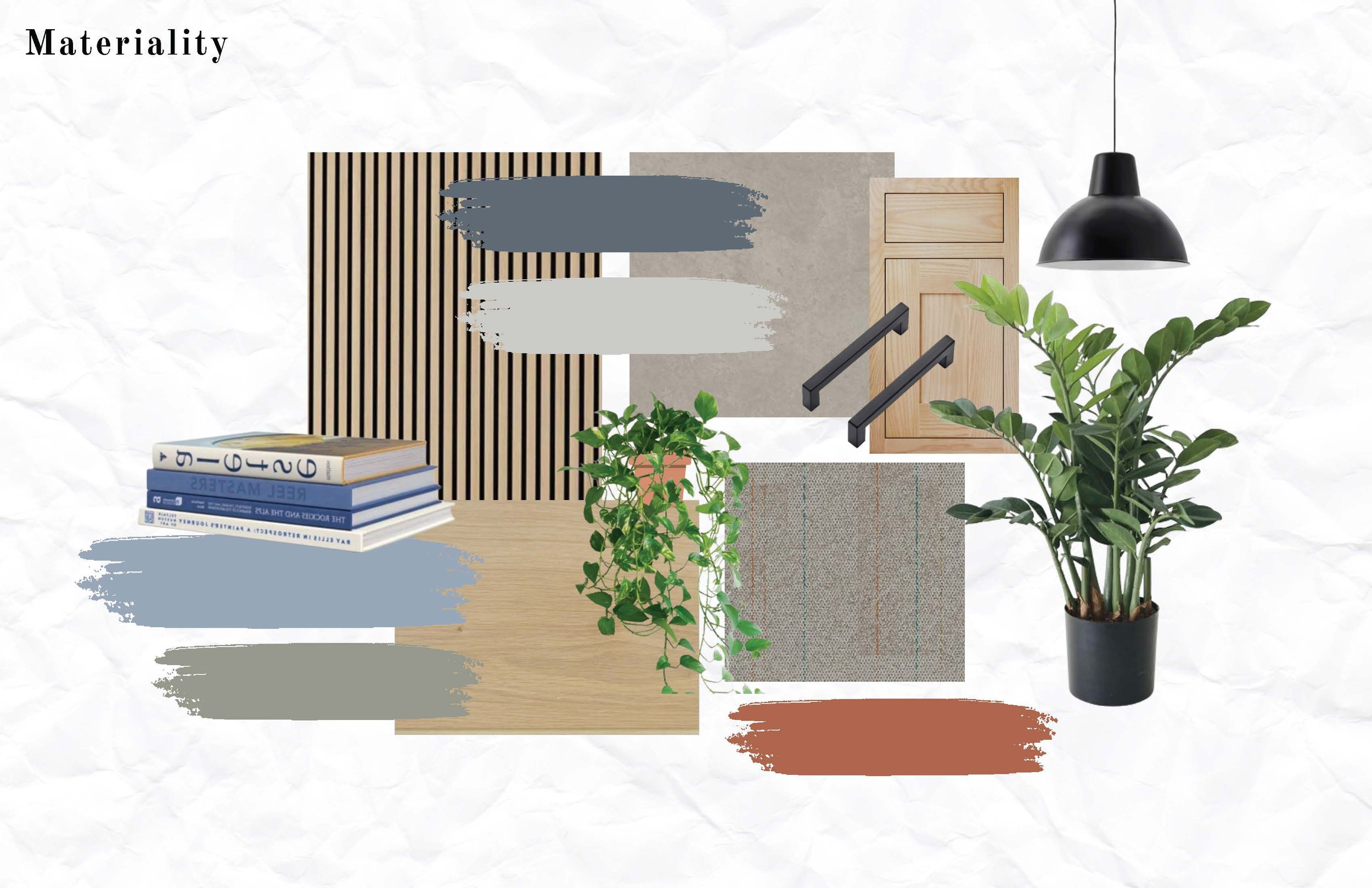
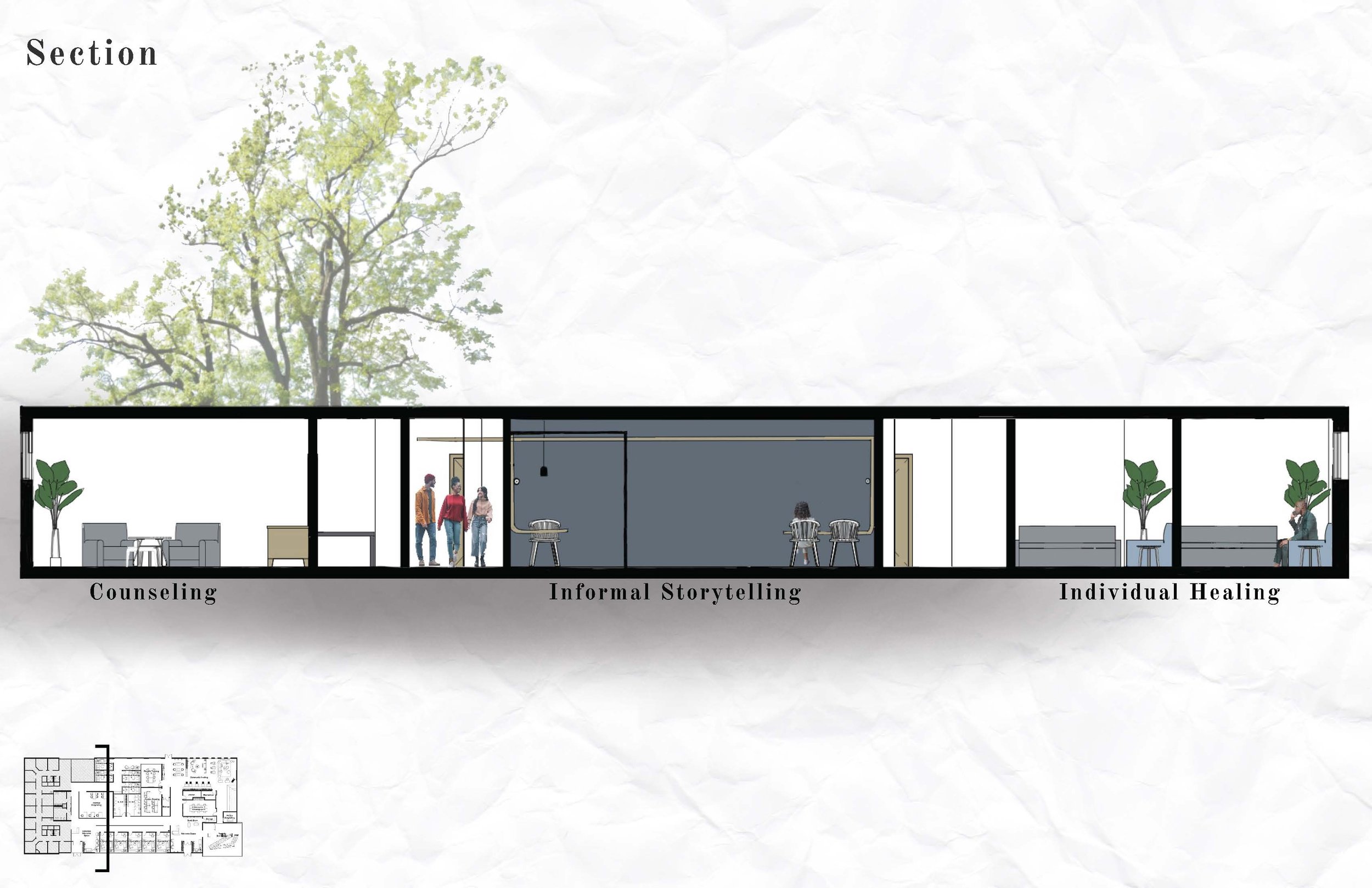

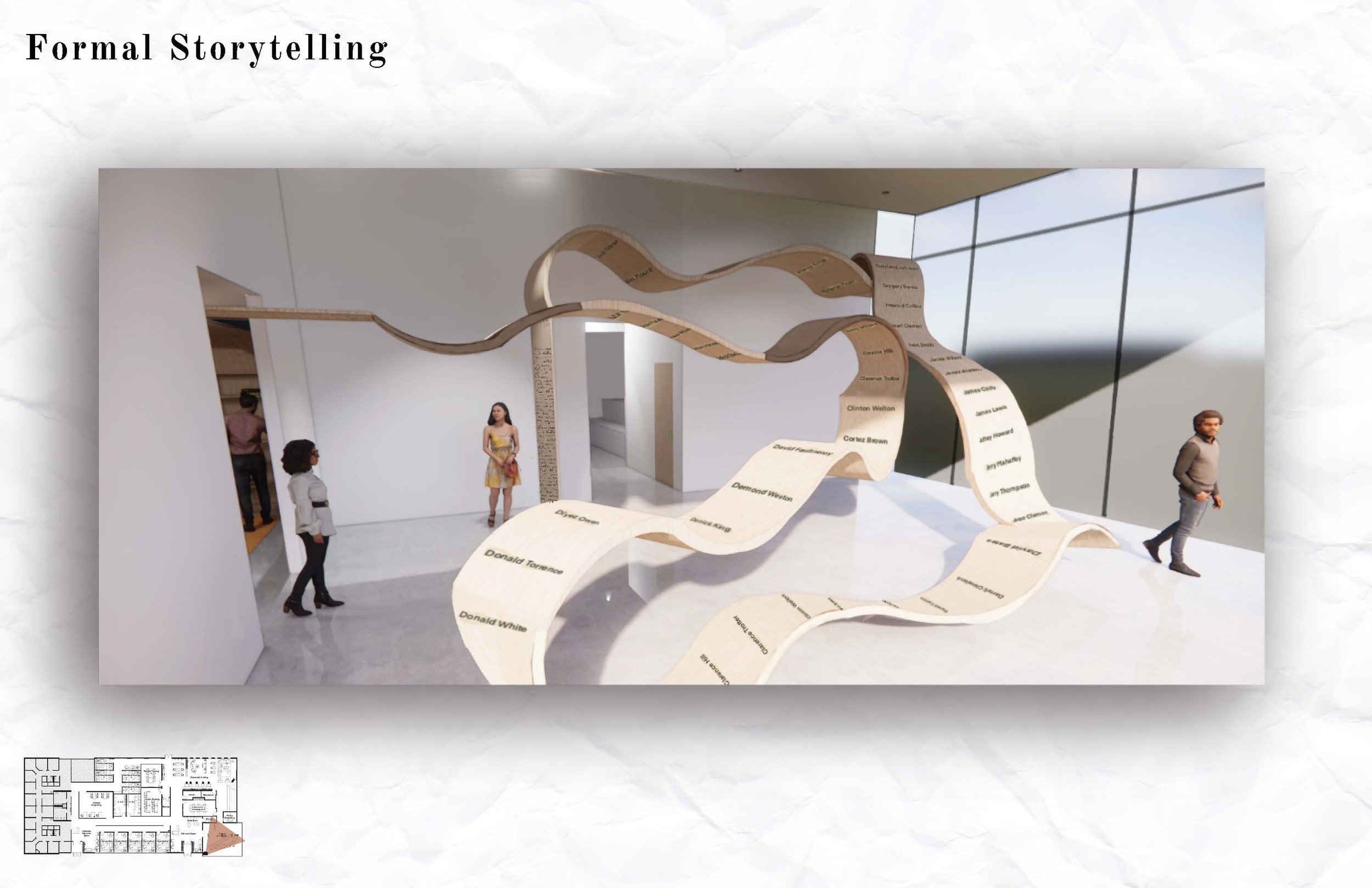
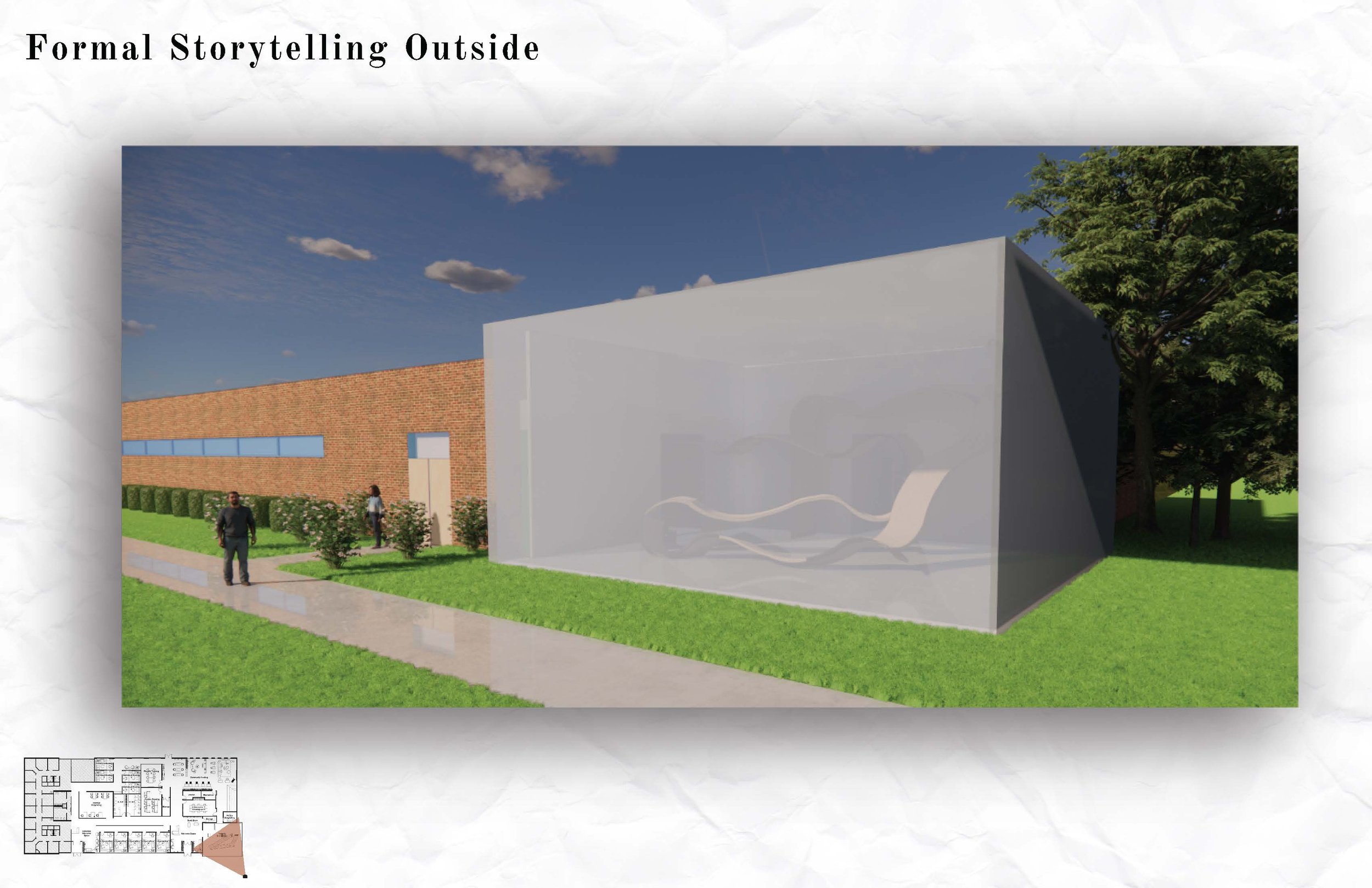
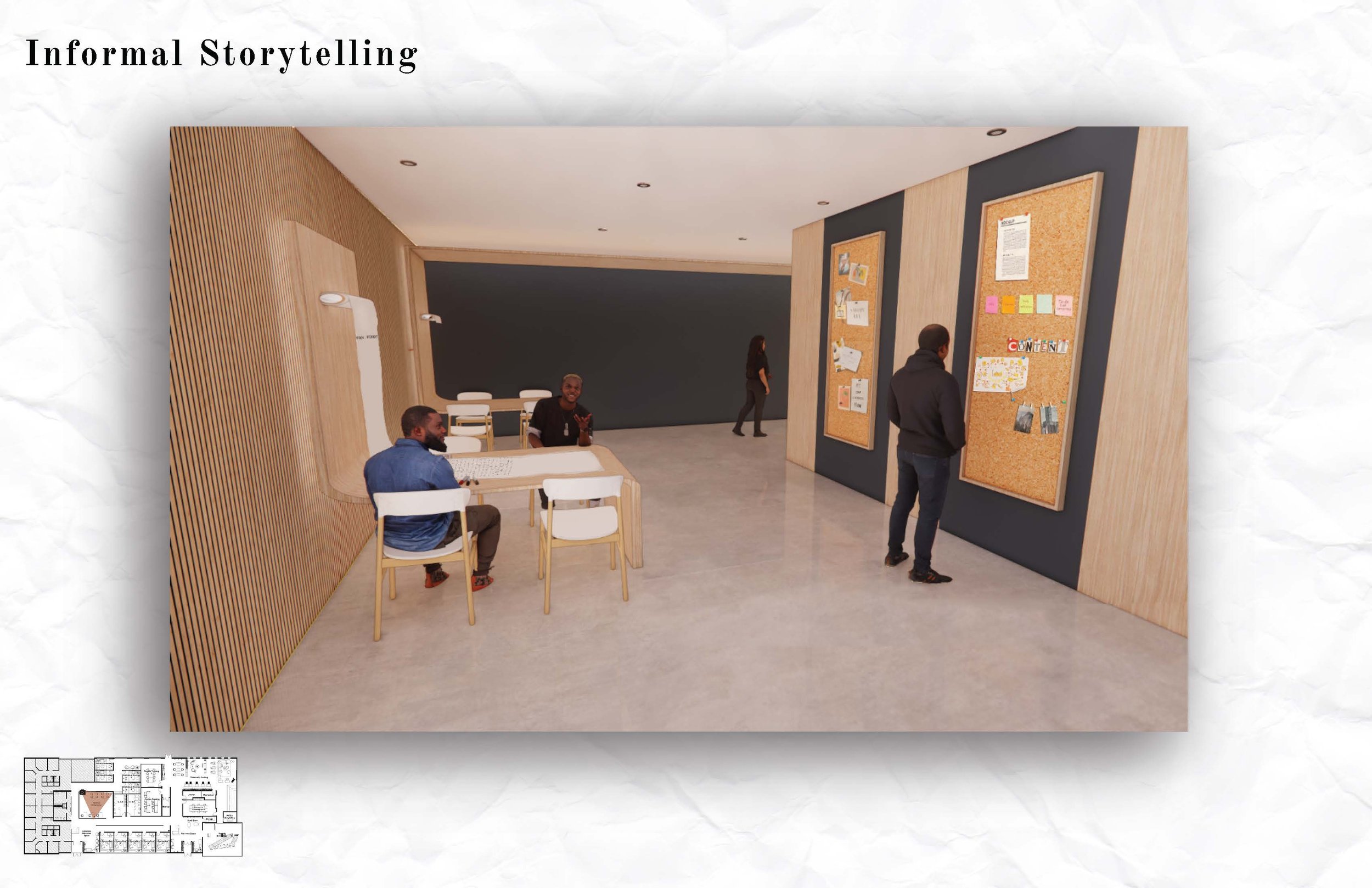
Emma Blogna
CTJC: A Place of Healing
Students will have the unique opportunity to gain insights from Civic Projects Architecture and CTJC regarding Chicago’s Reparations Movement and its broader implications. They will delve into the complexities and intricacies of the site, community, and context, comprehending the spatial requirements, and exploring the potential of these architectural typologies as catalysts for community development. Individually, students will craft the design for the interior of the Place of Healing for CTJC. You will conduct thorough research to understand the project's context, cultivating a deep sense of empathy for survivors of police and state violence, as well as their families, and gaining insight into their unique circumstances. You will provide a thoughtful and sensitive design solution that will establish a space that fosters healing, safety, and a sense of community for these individuals
